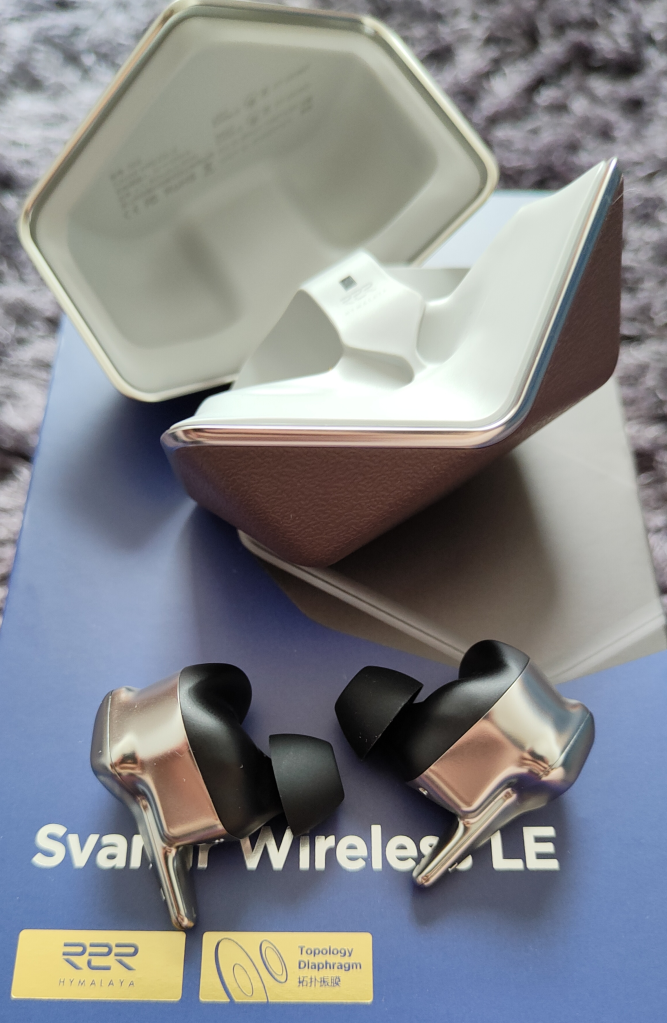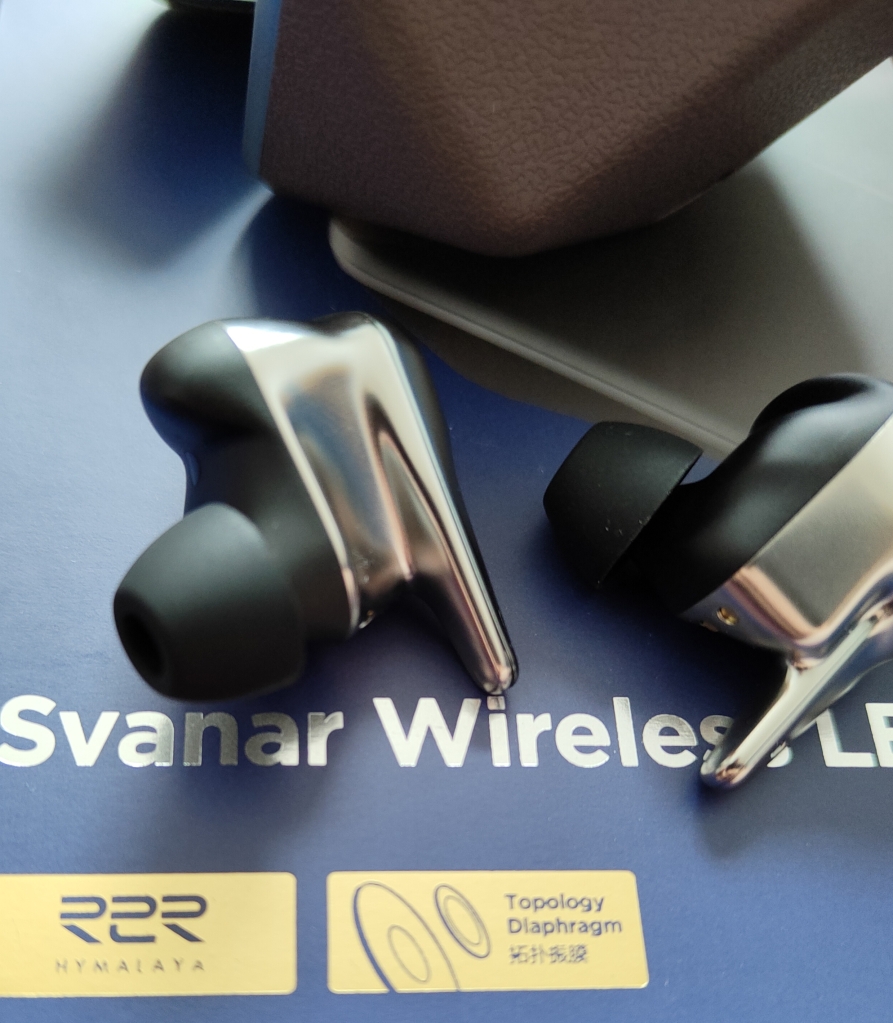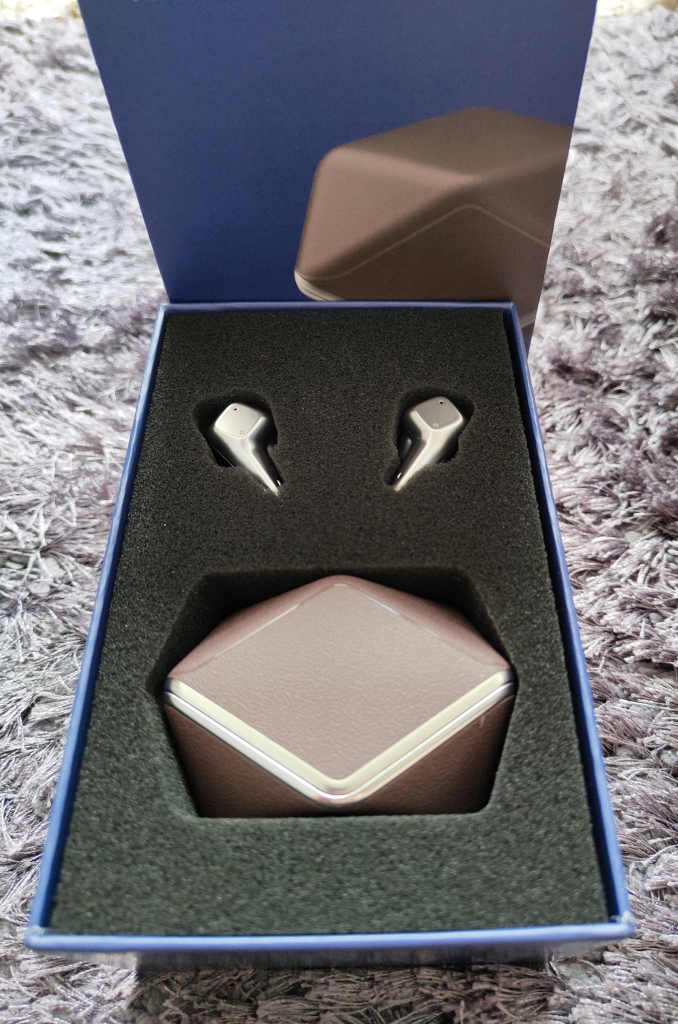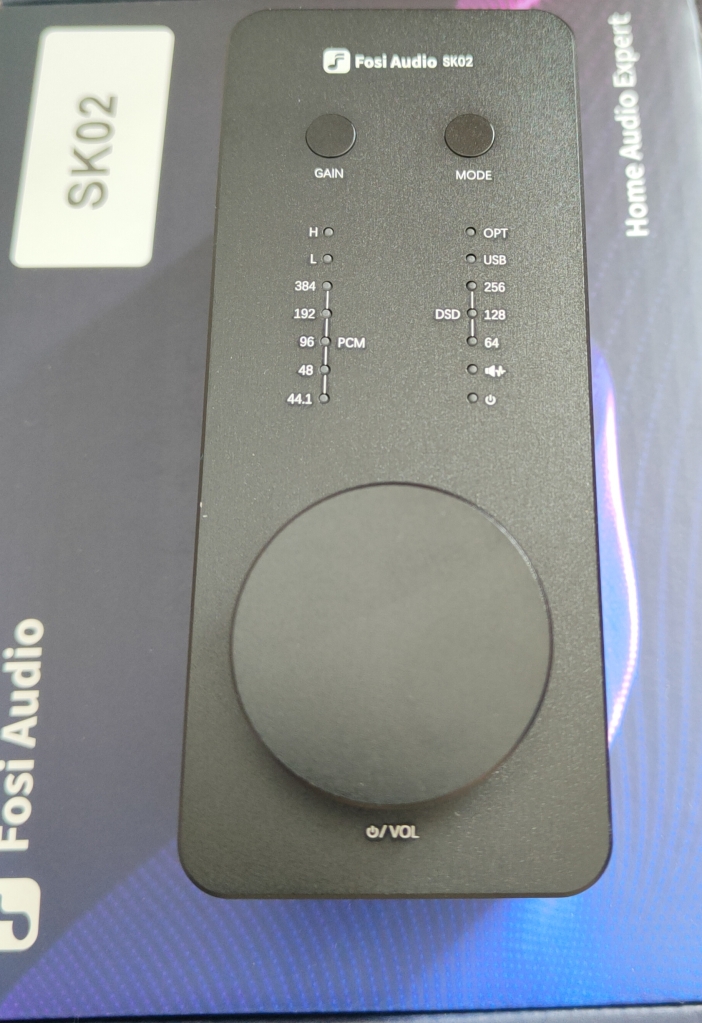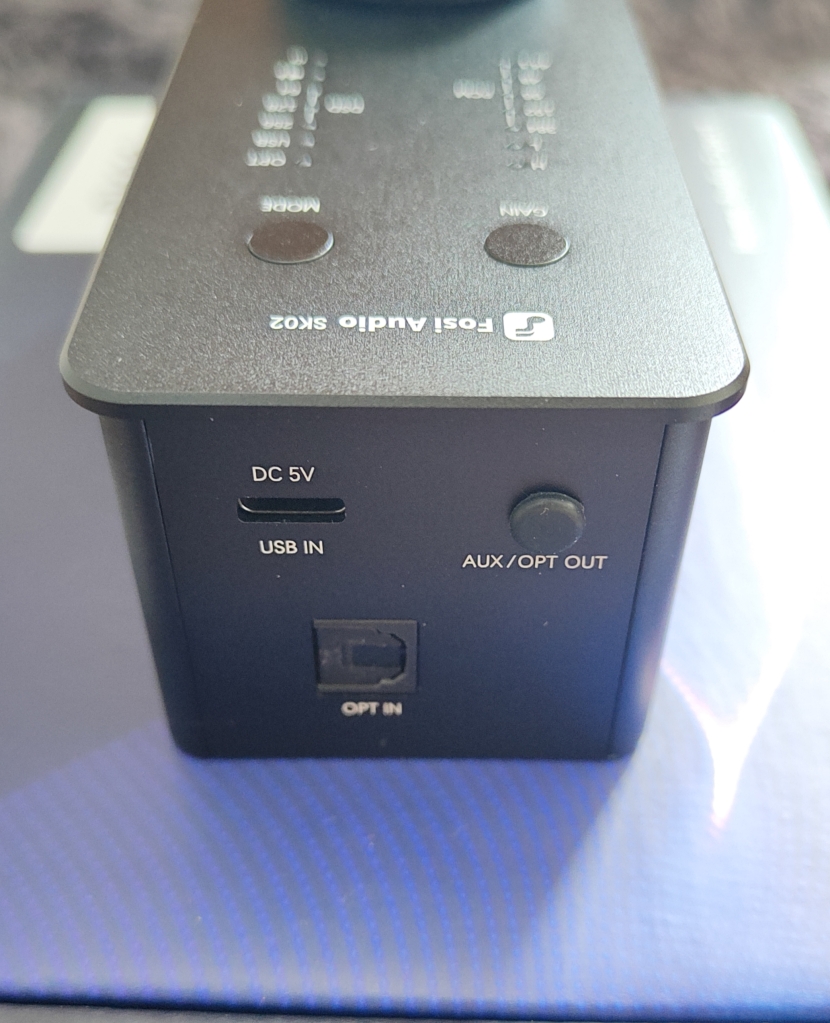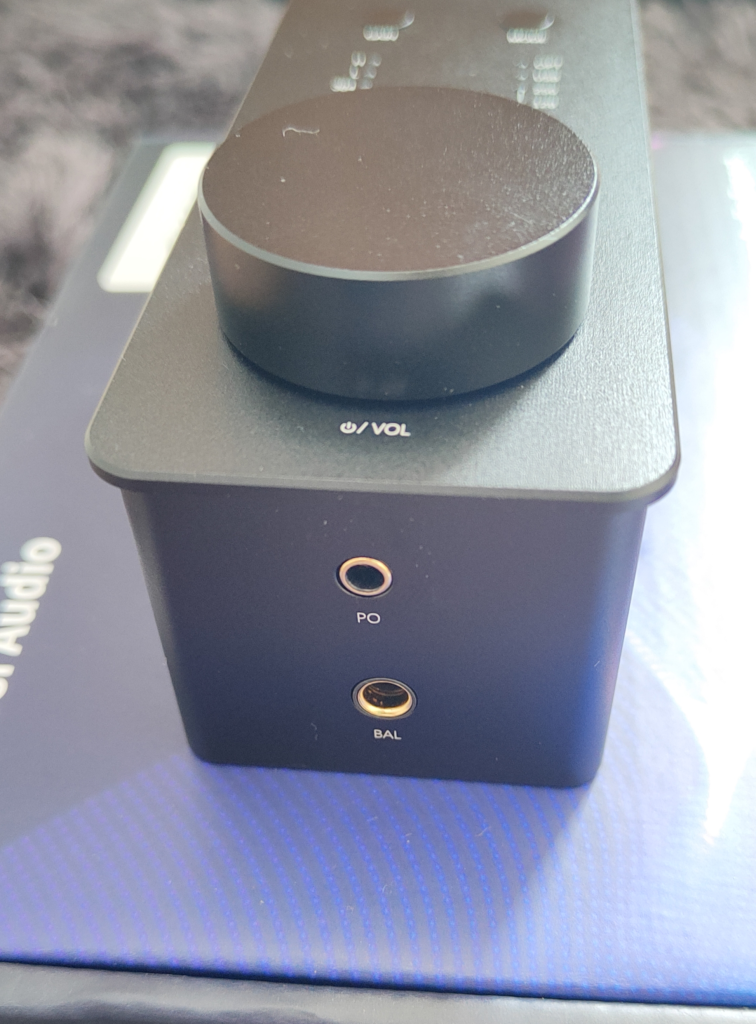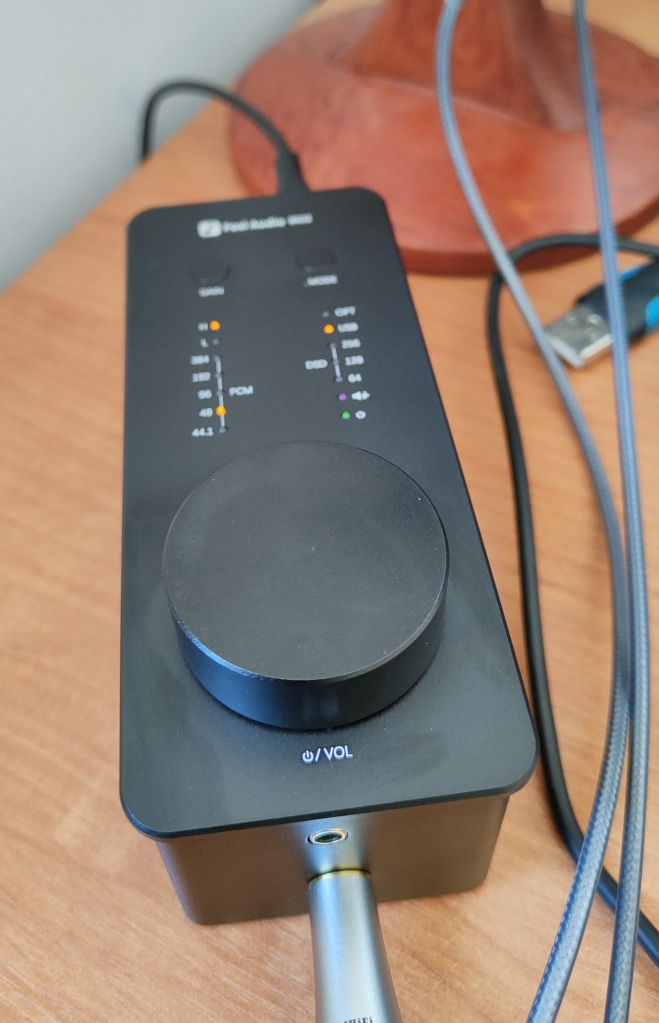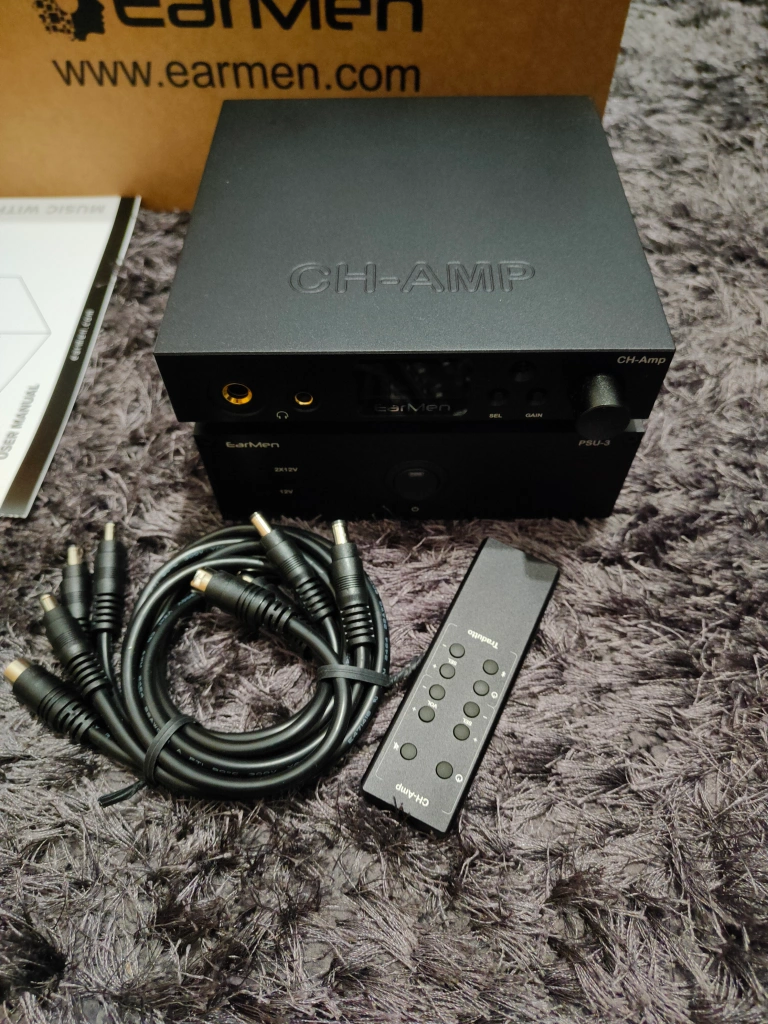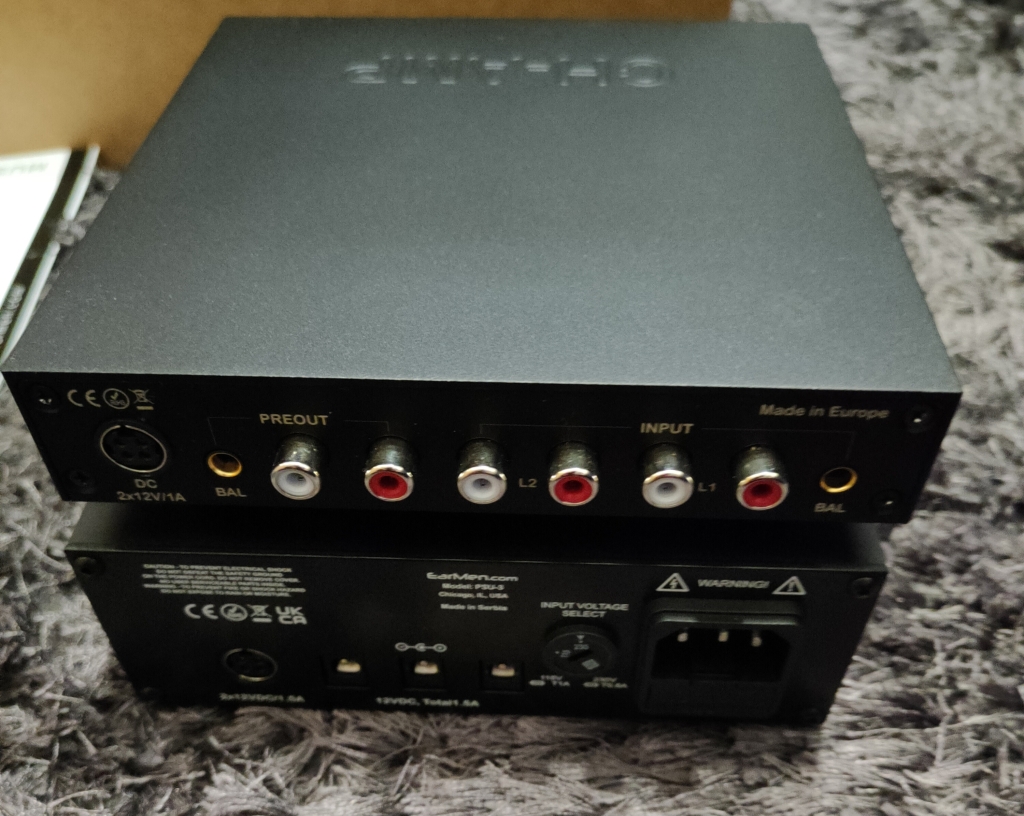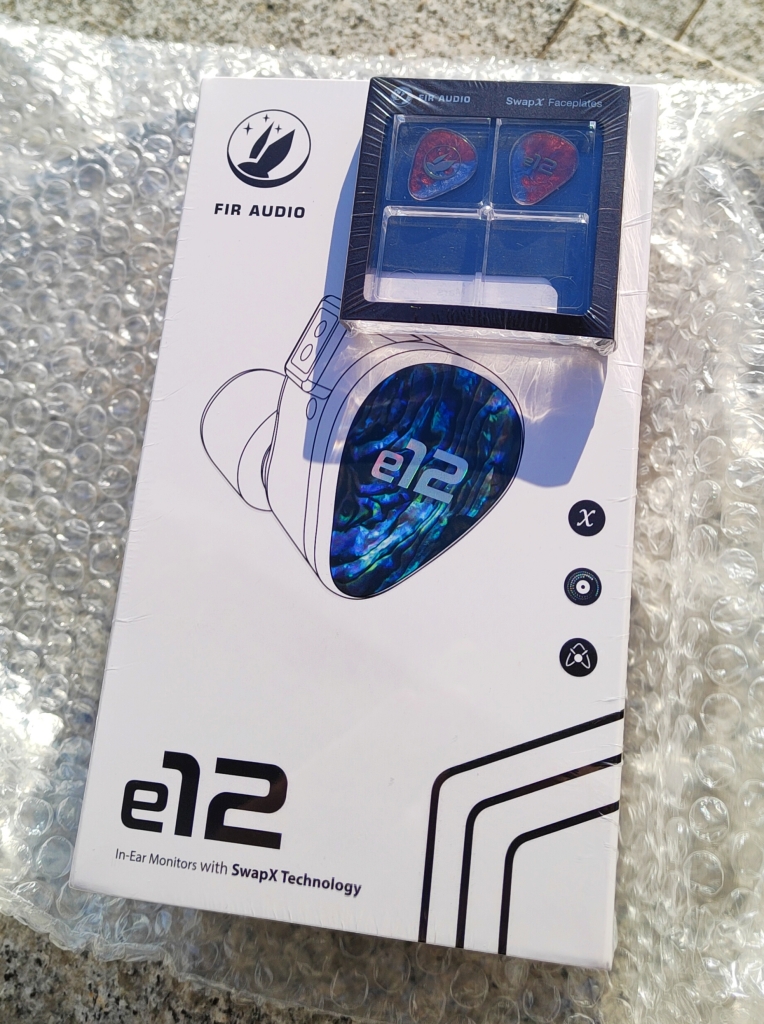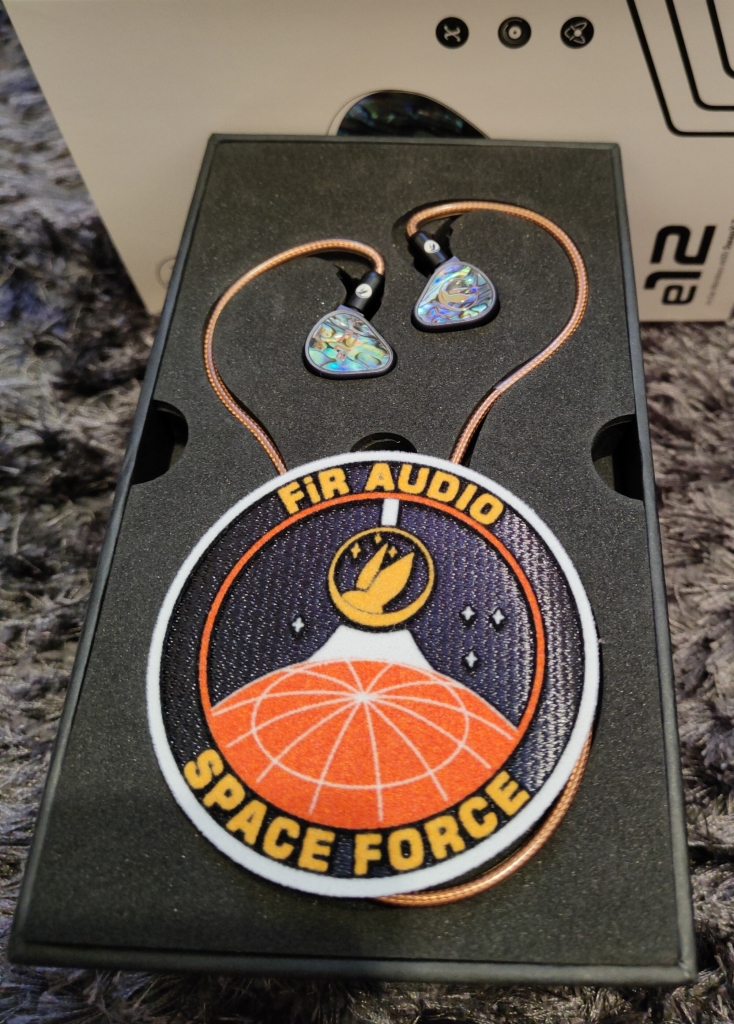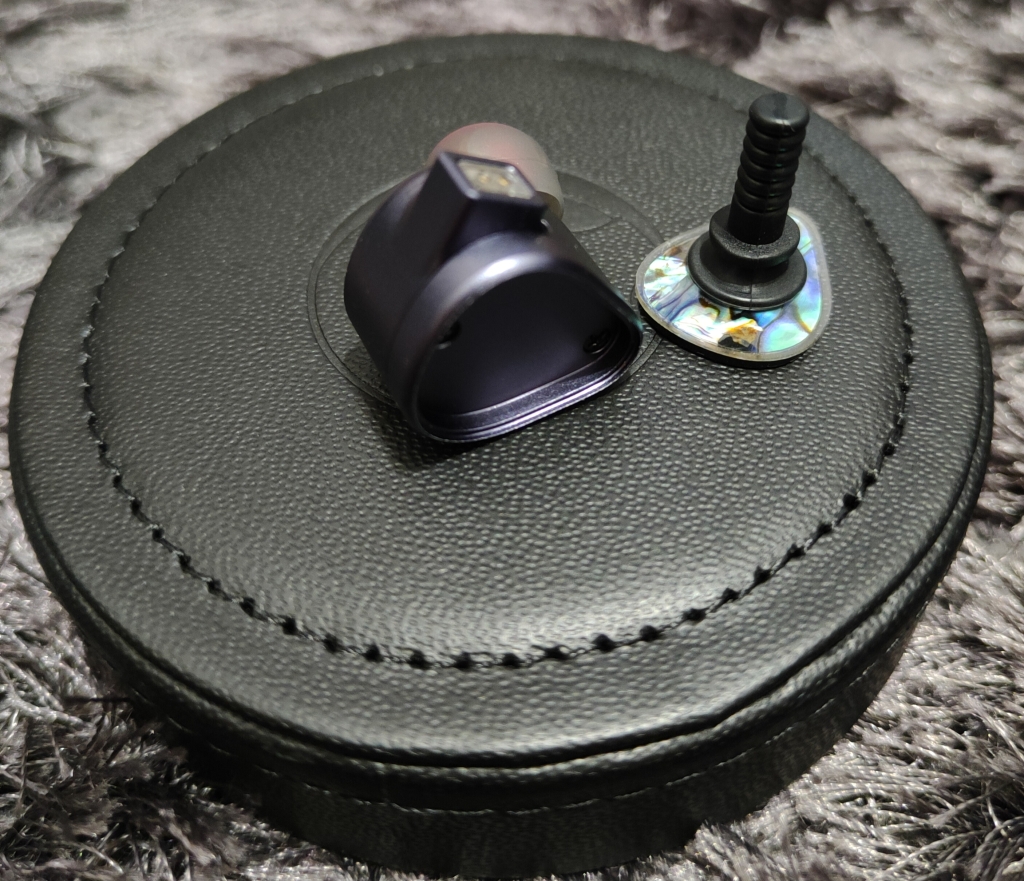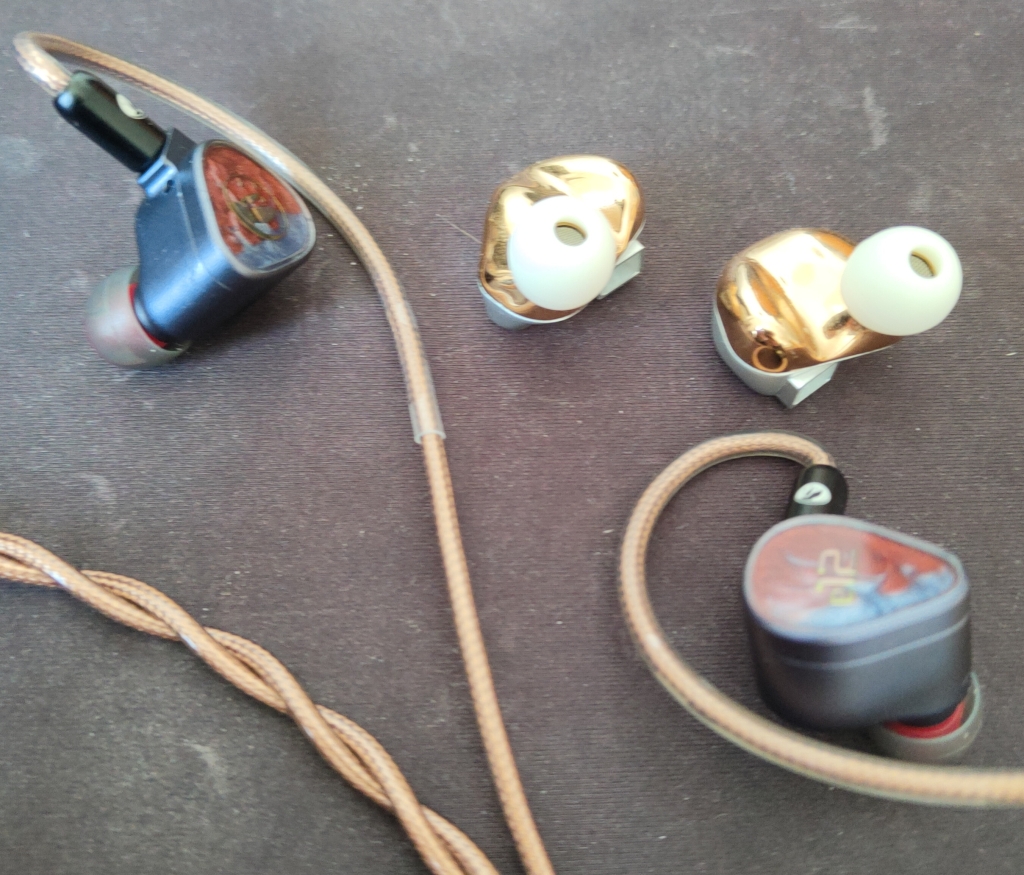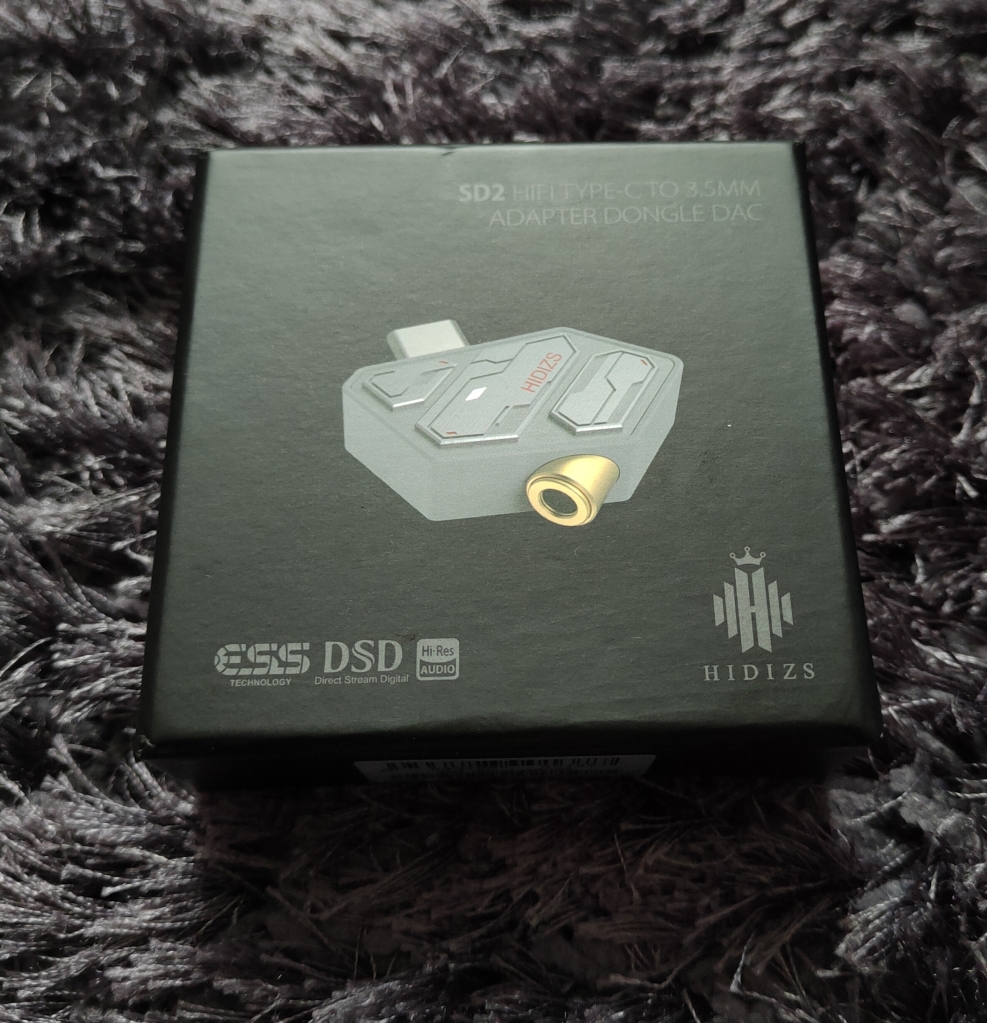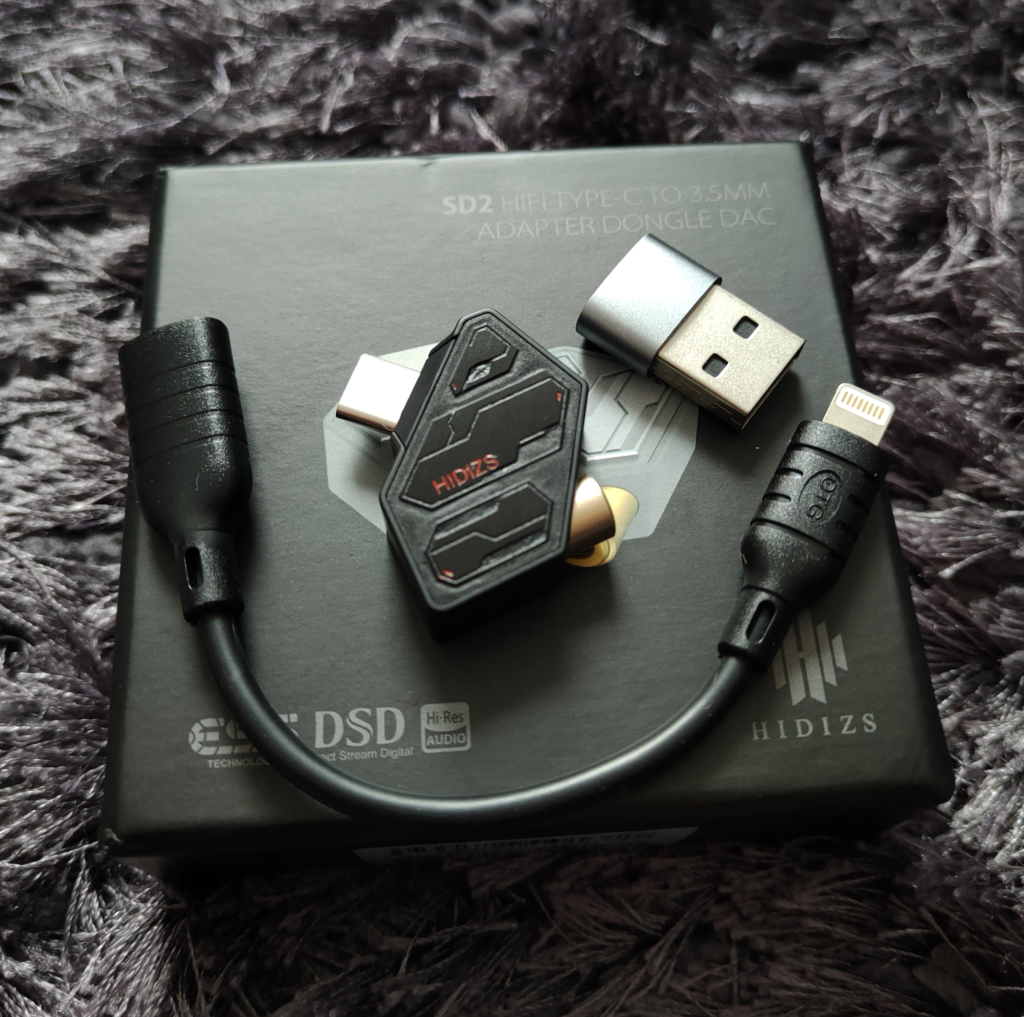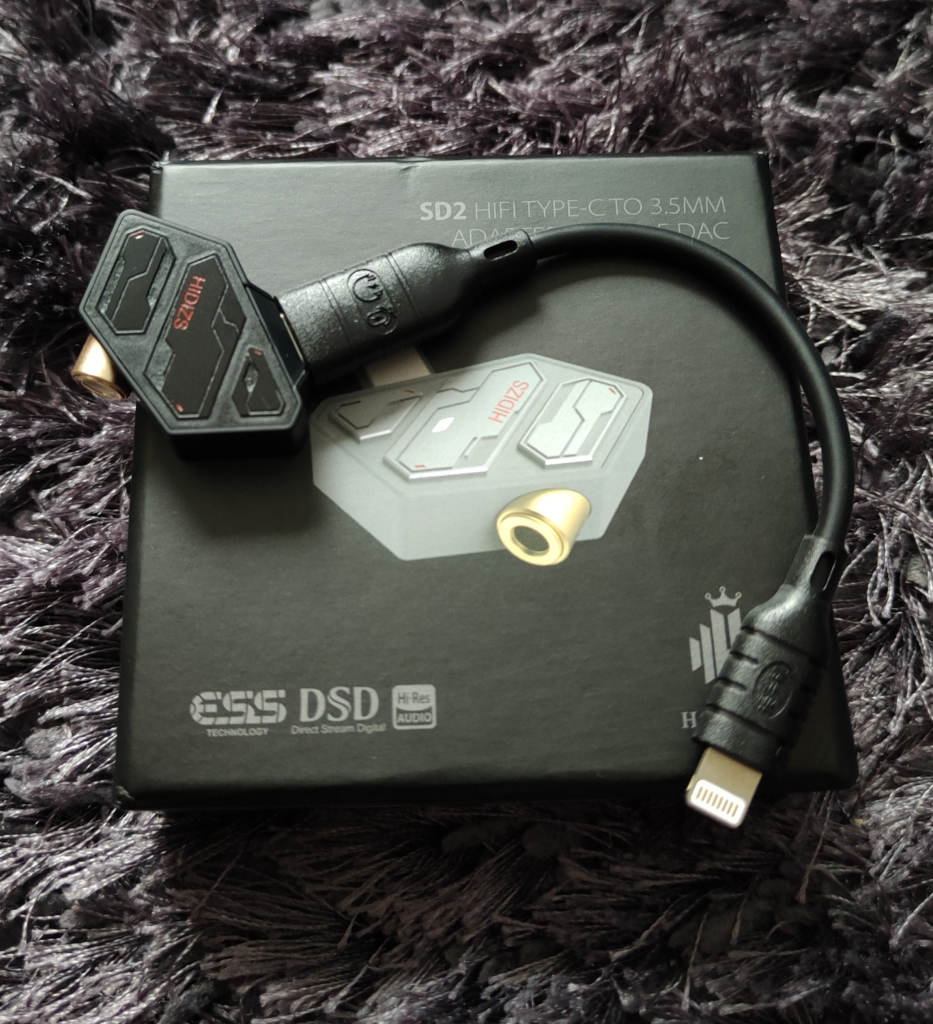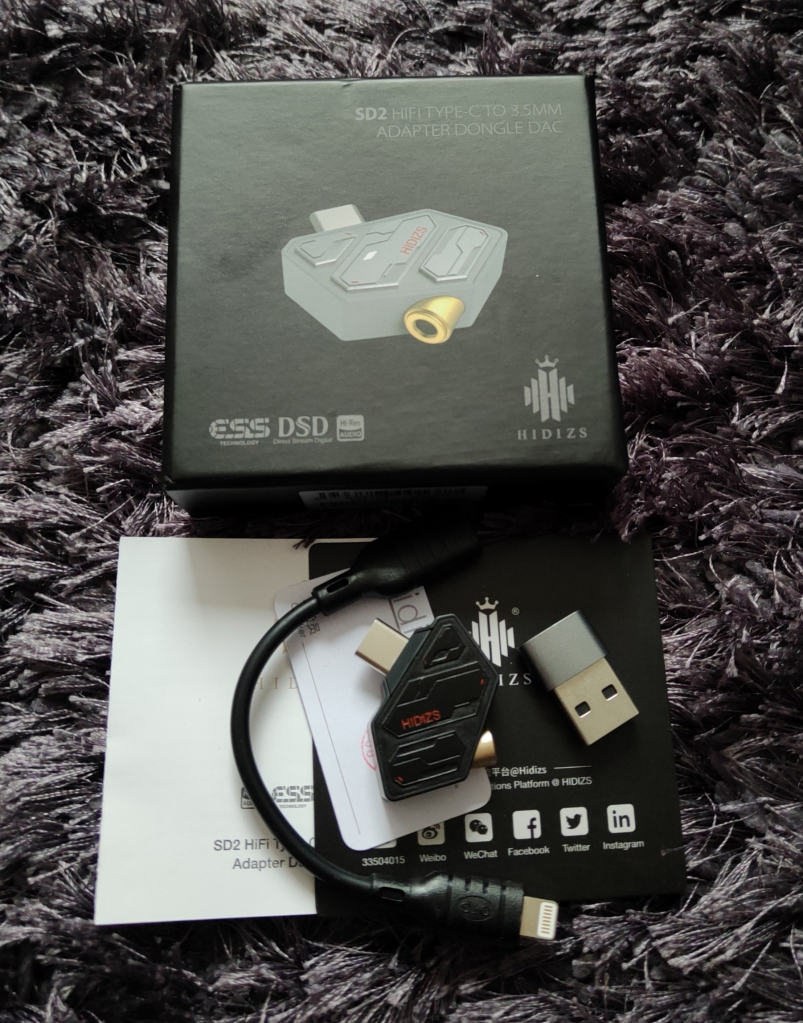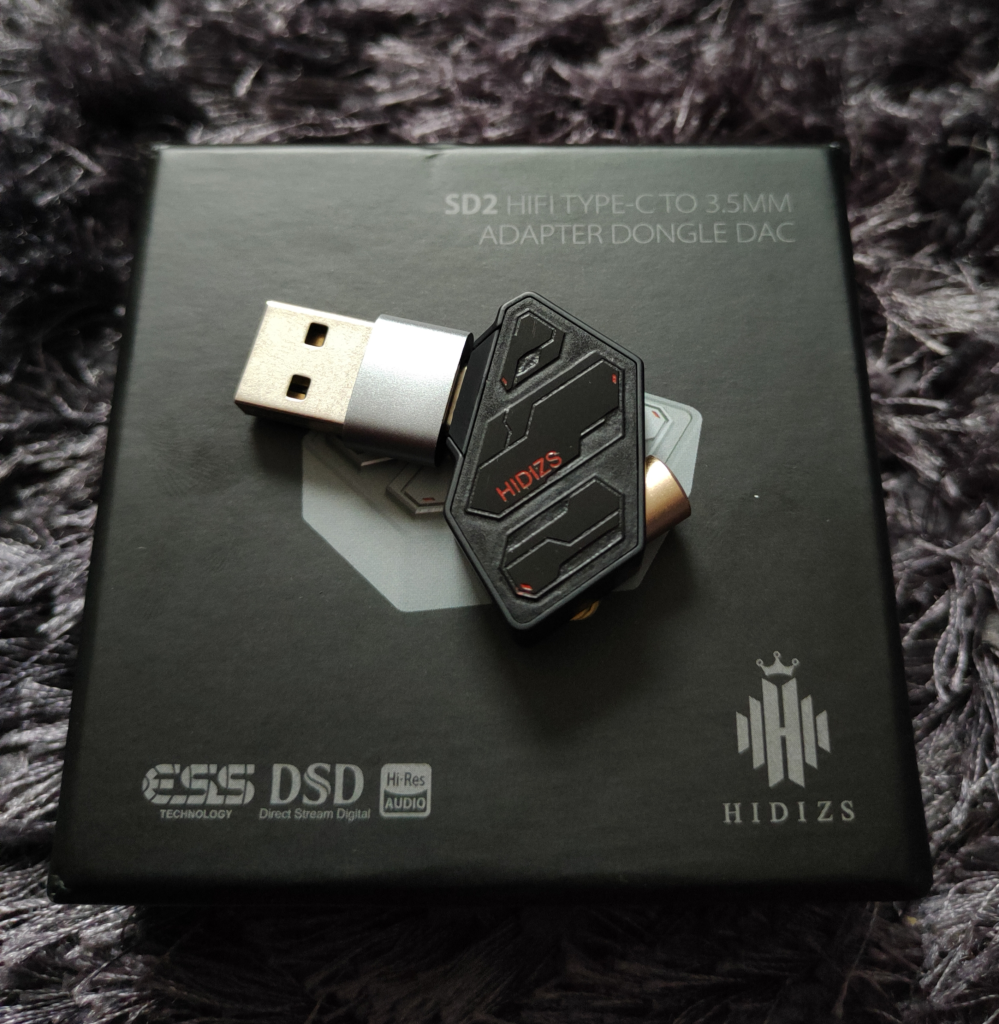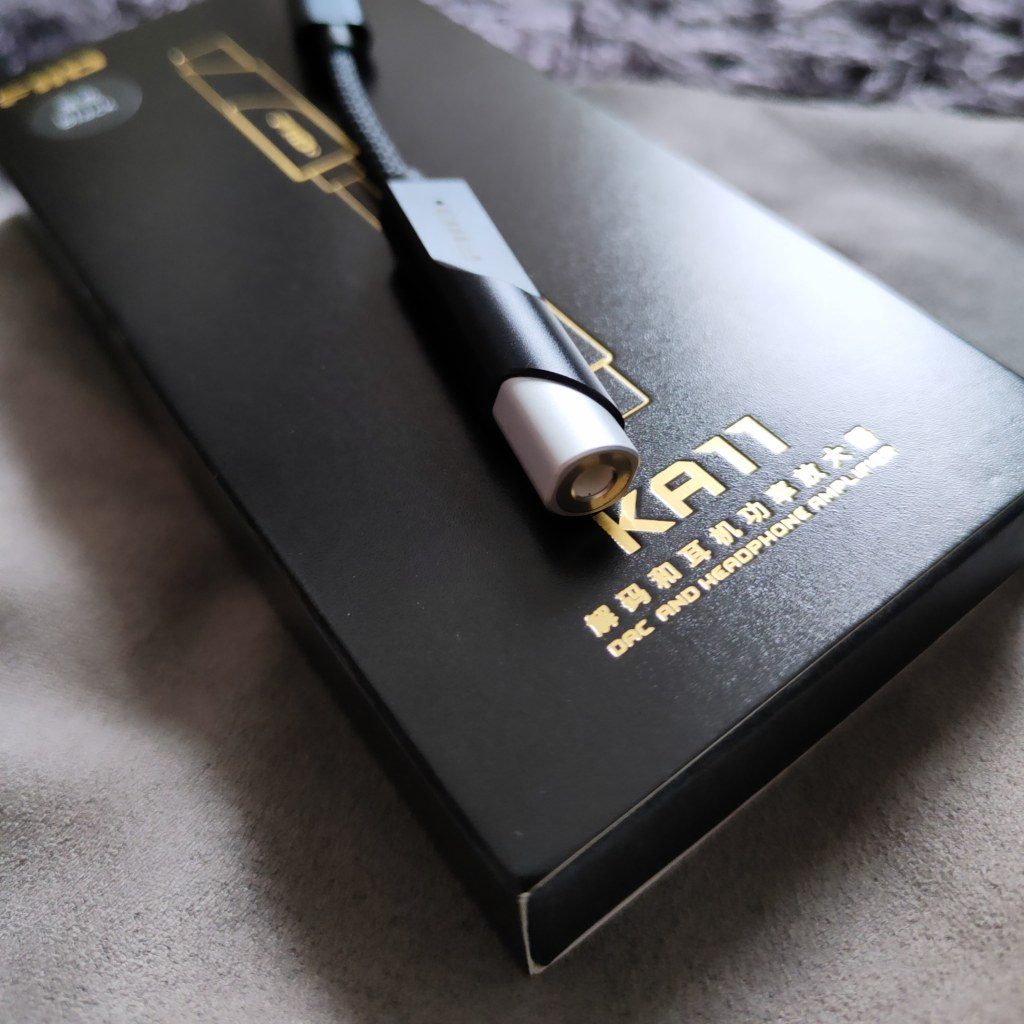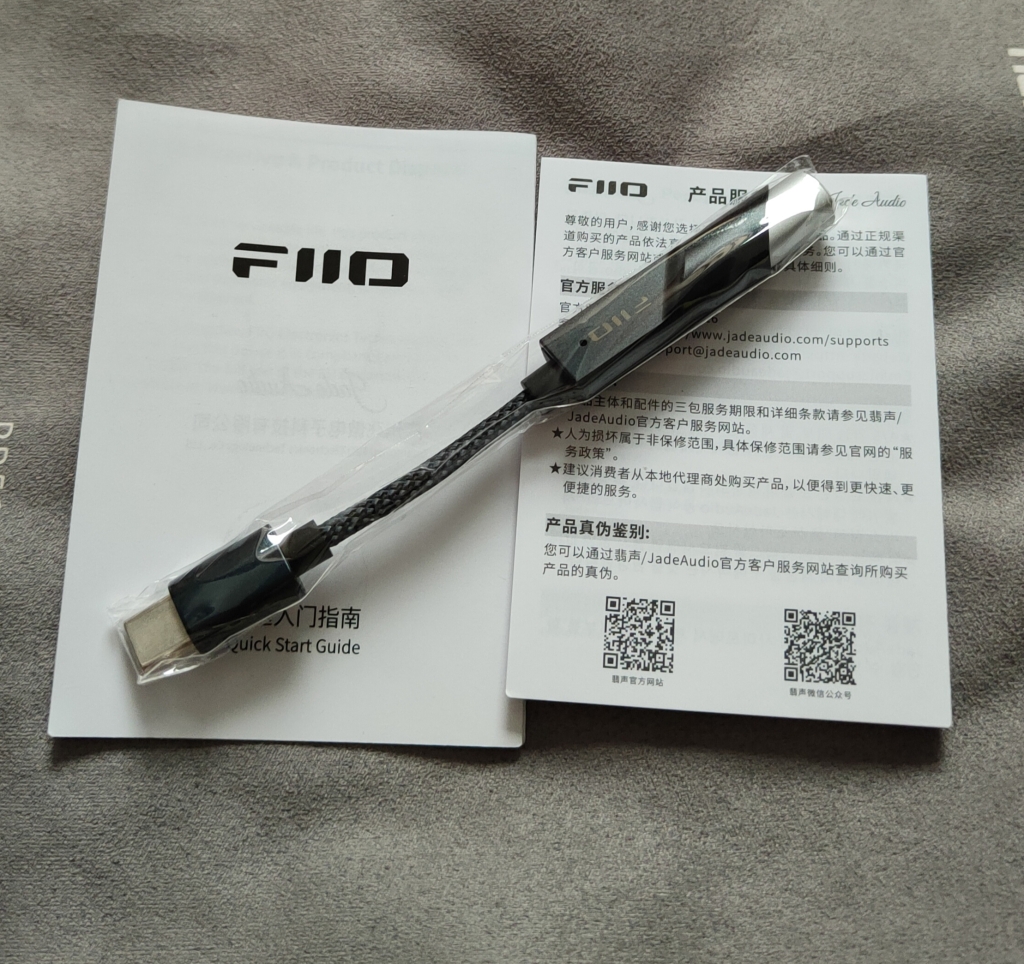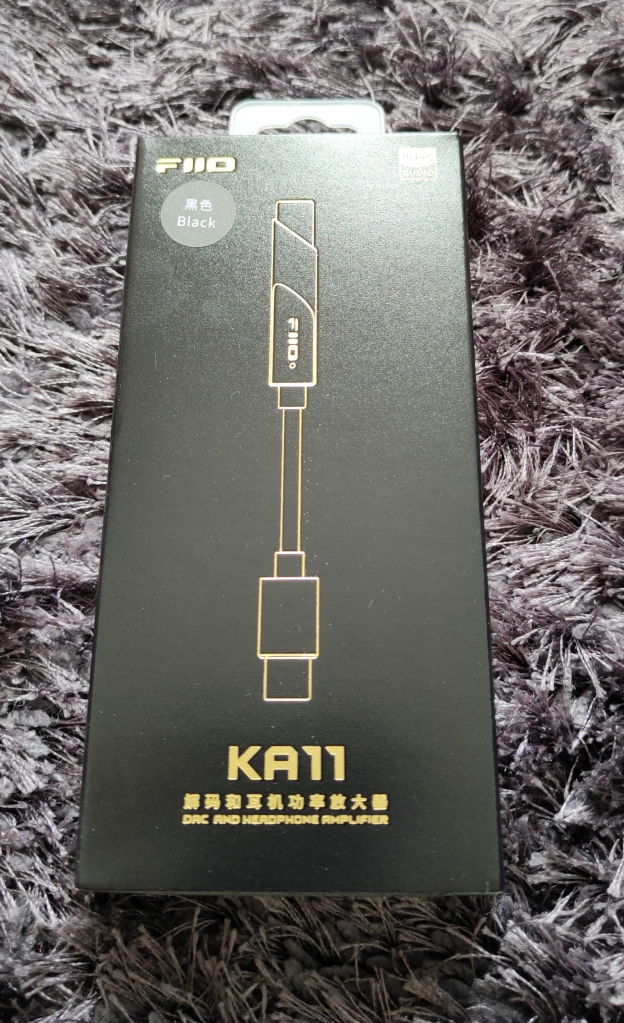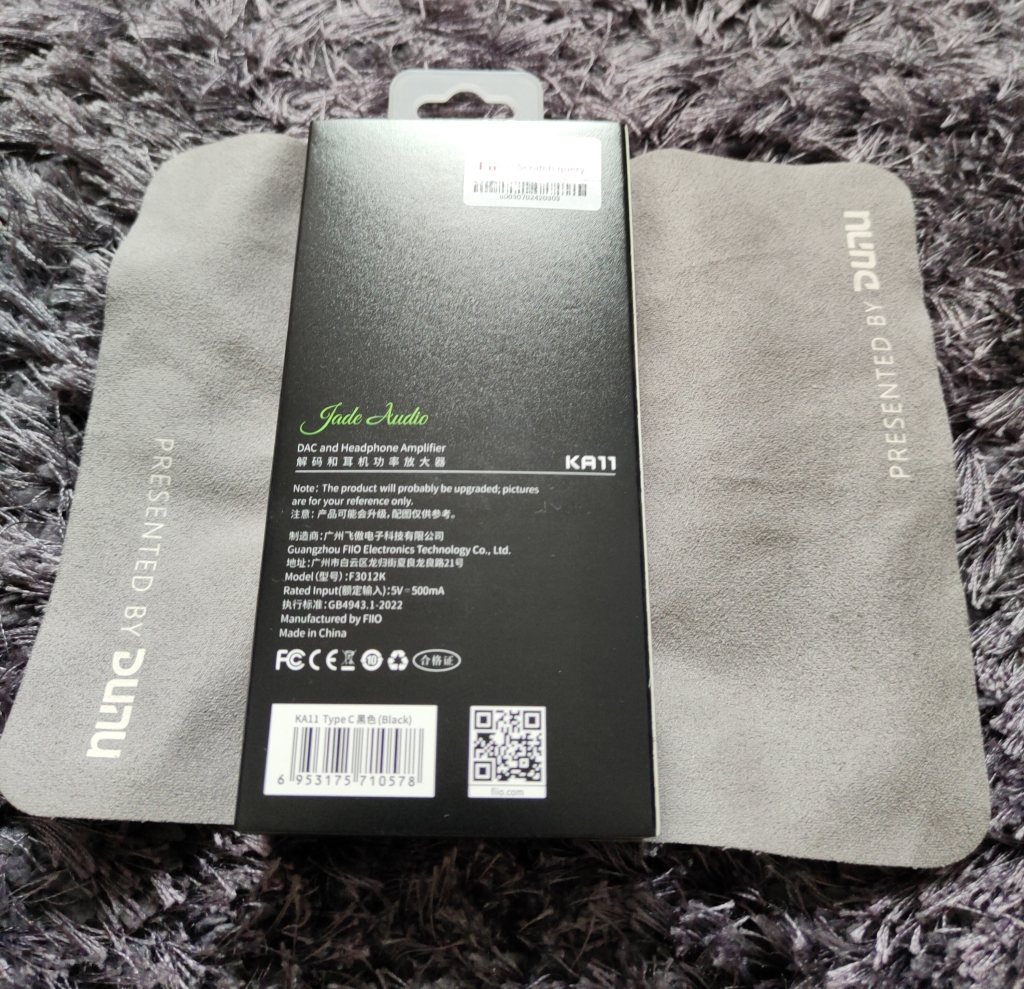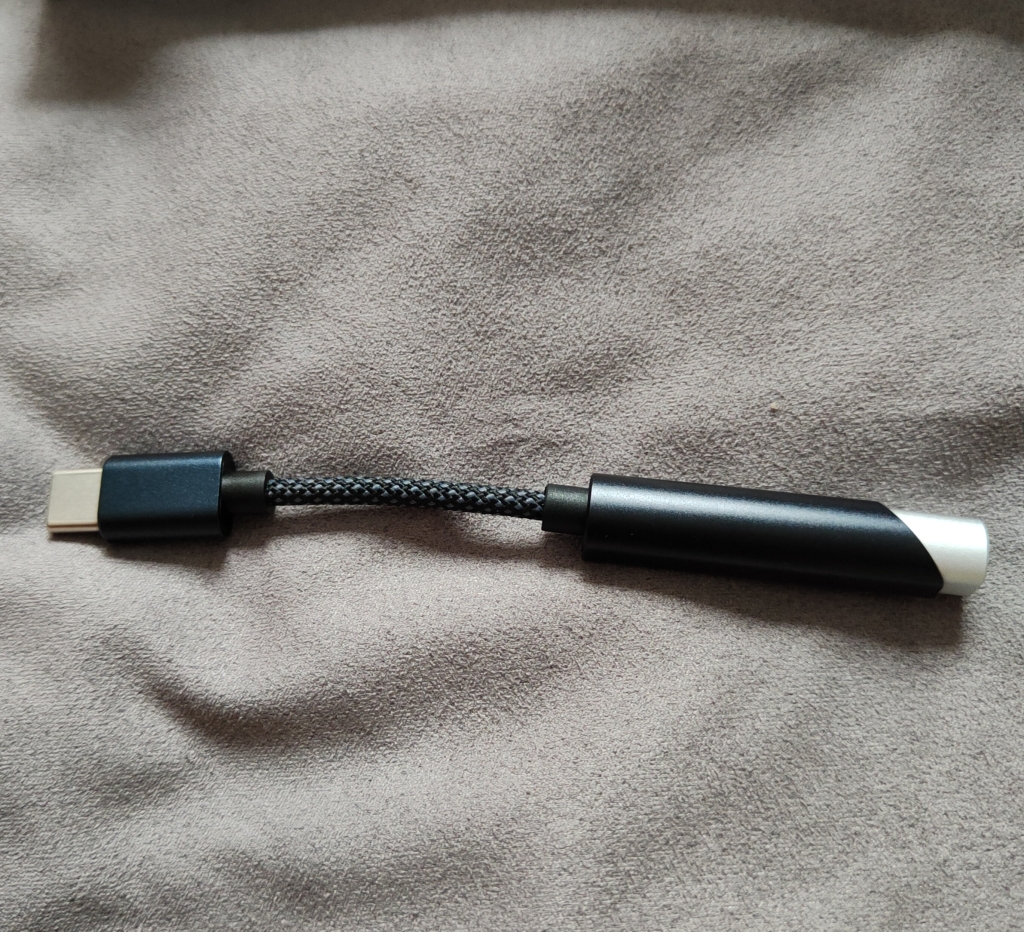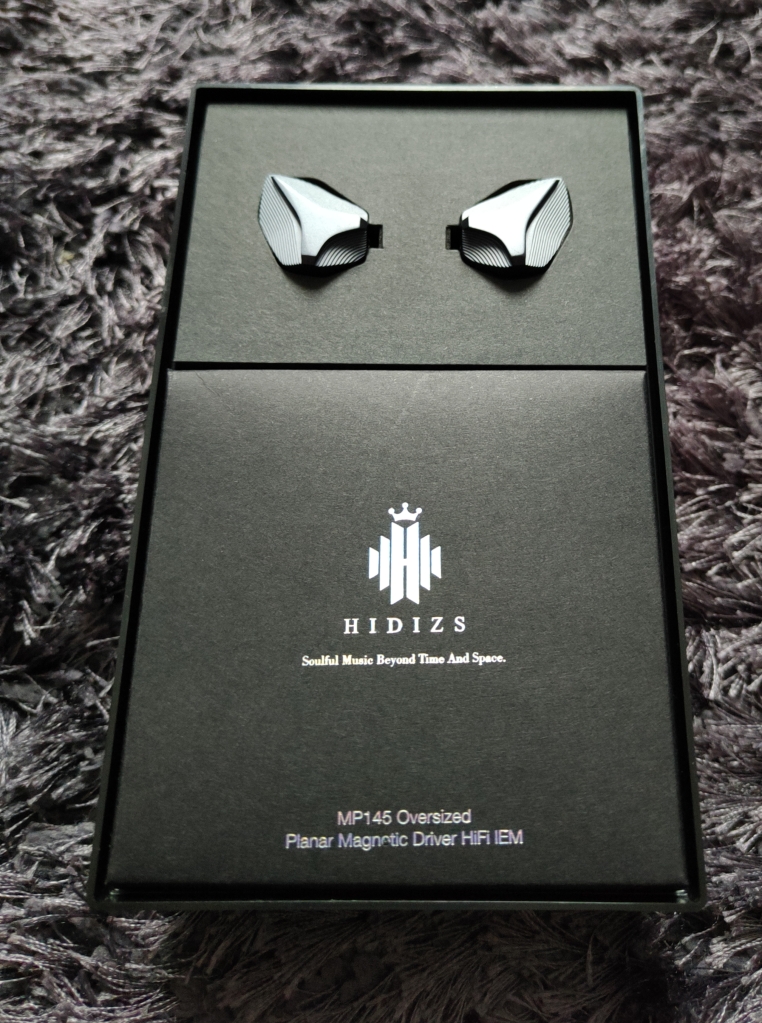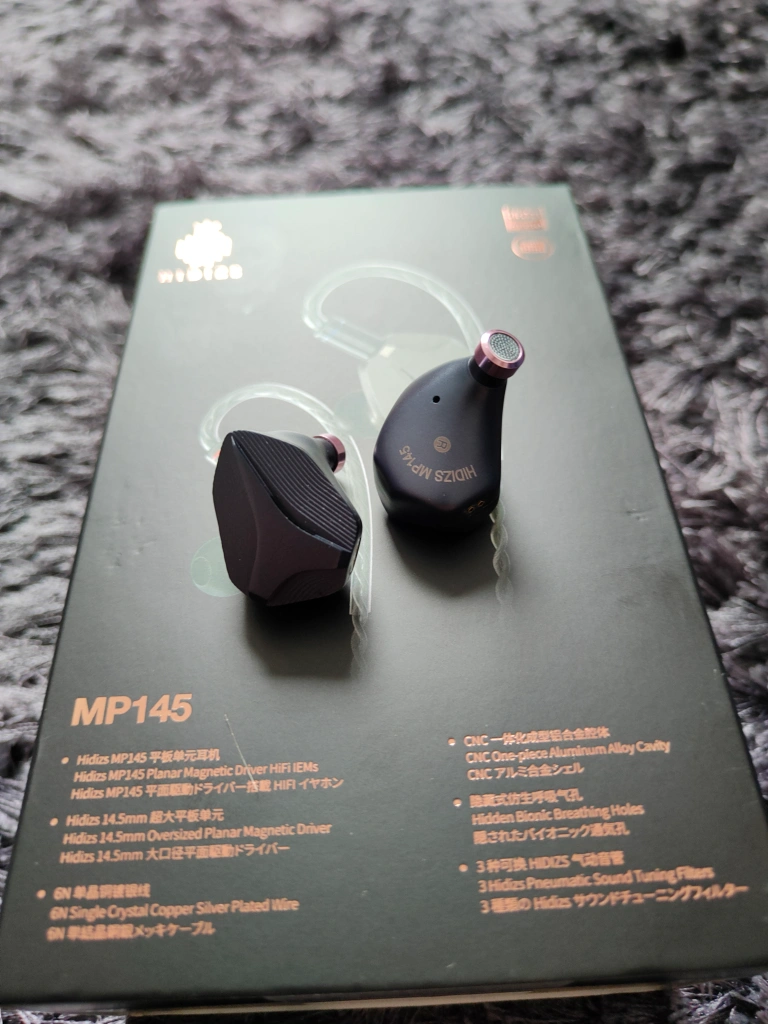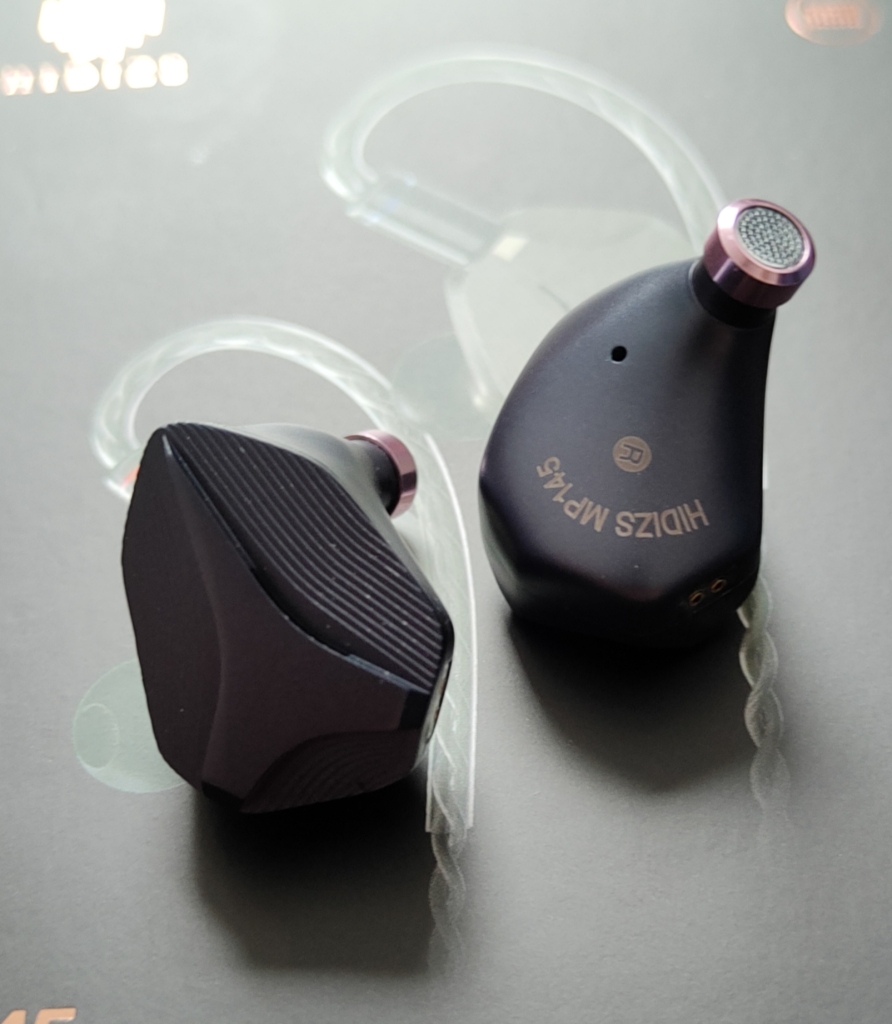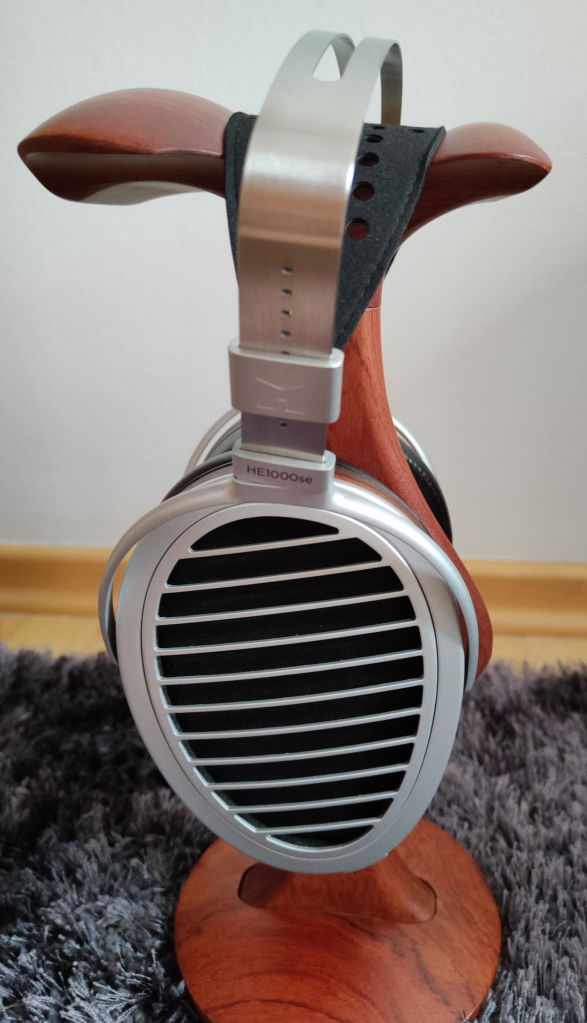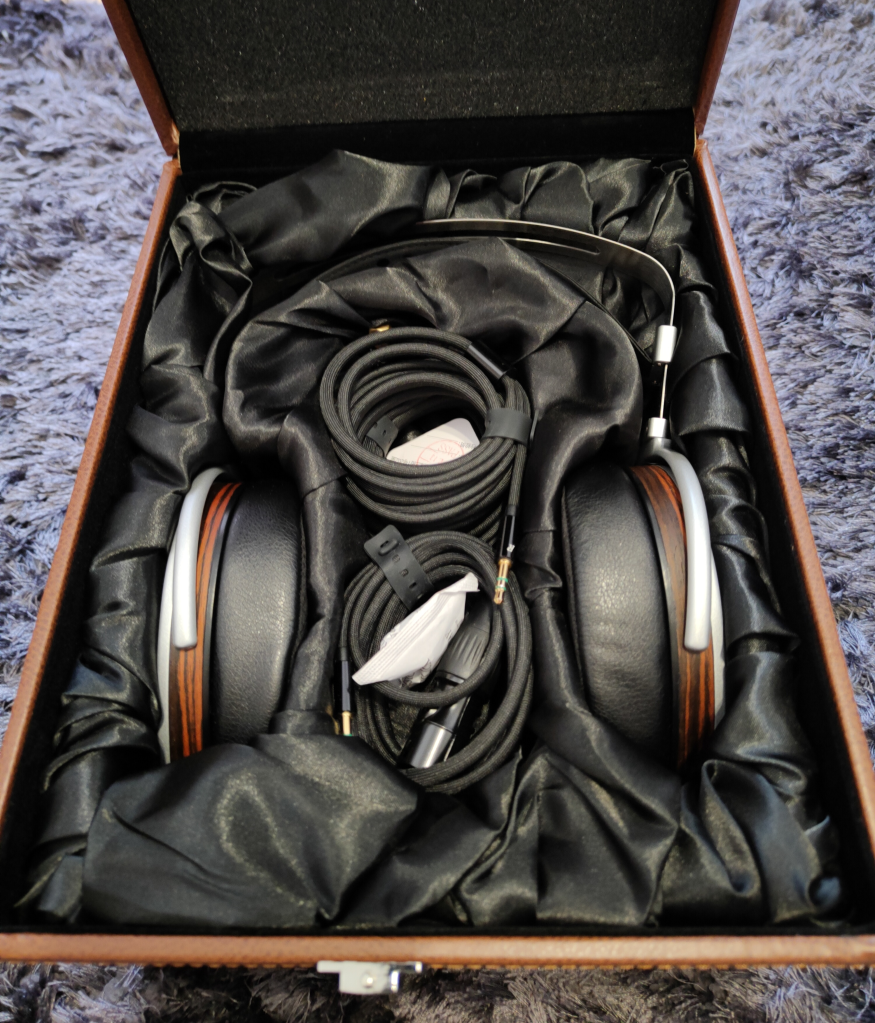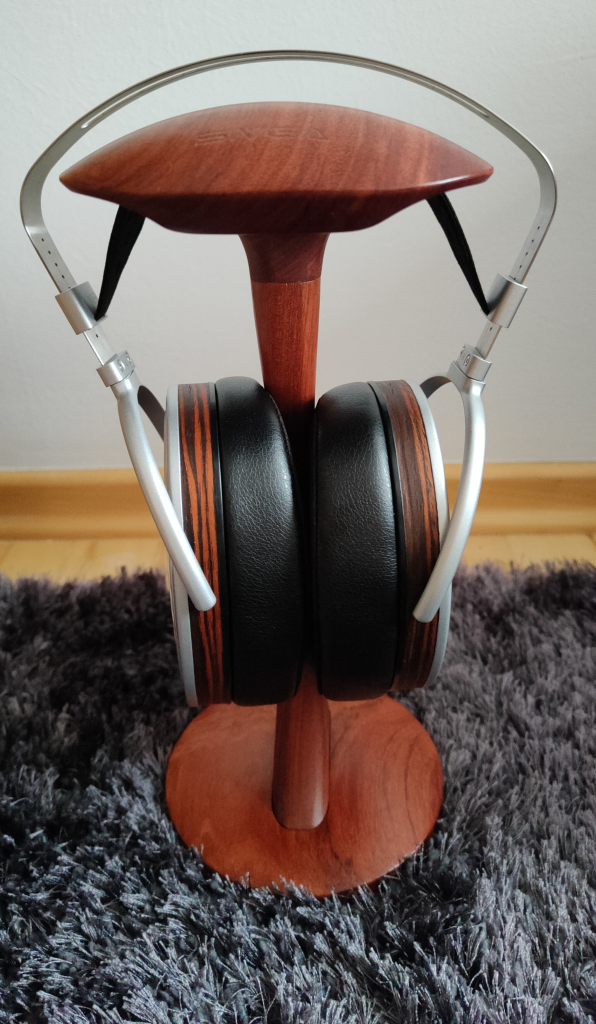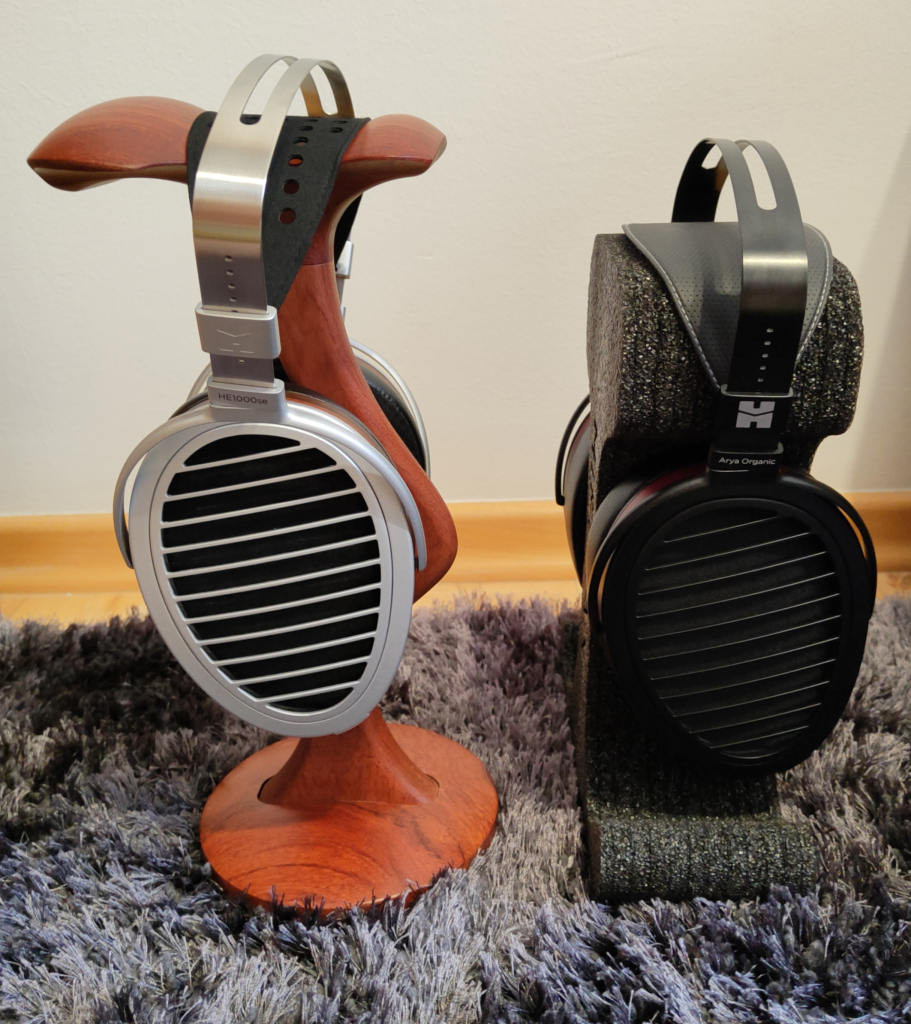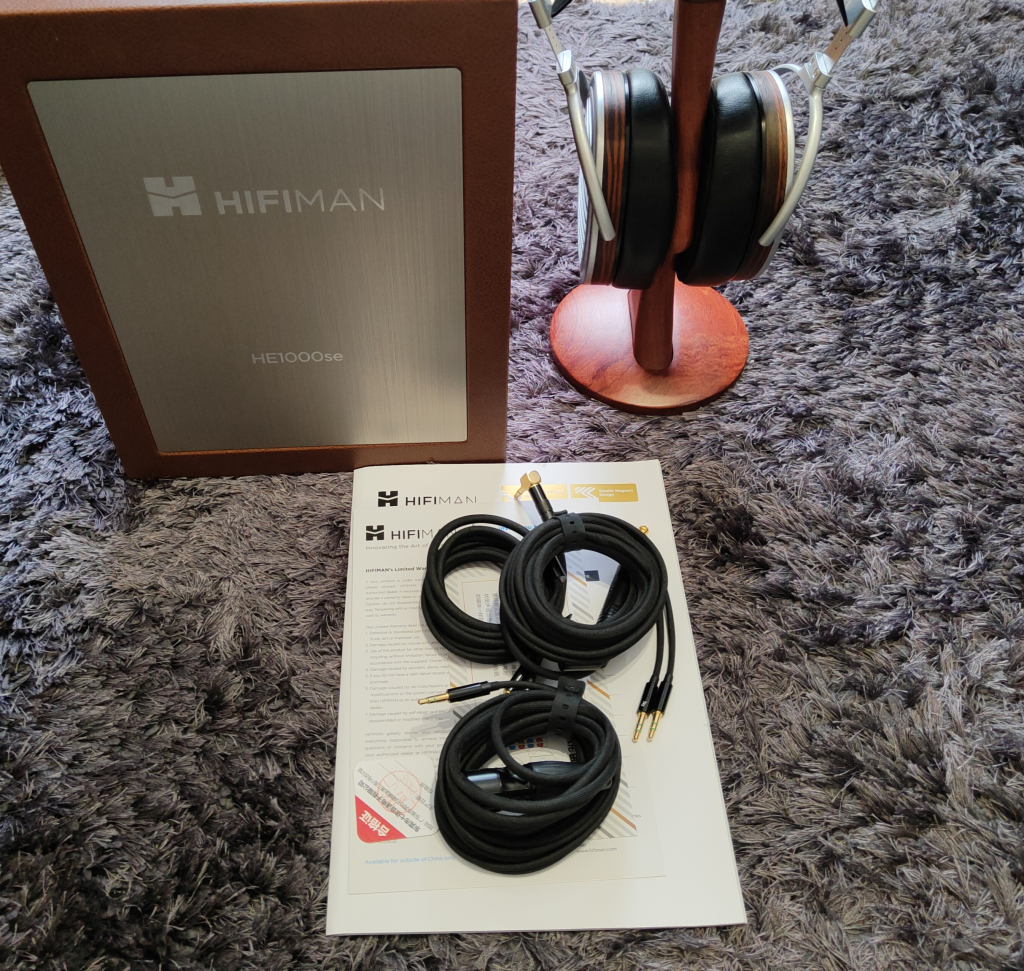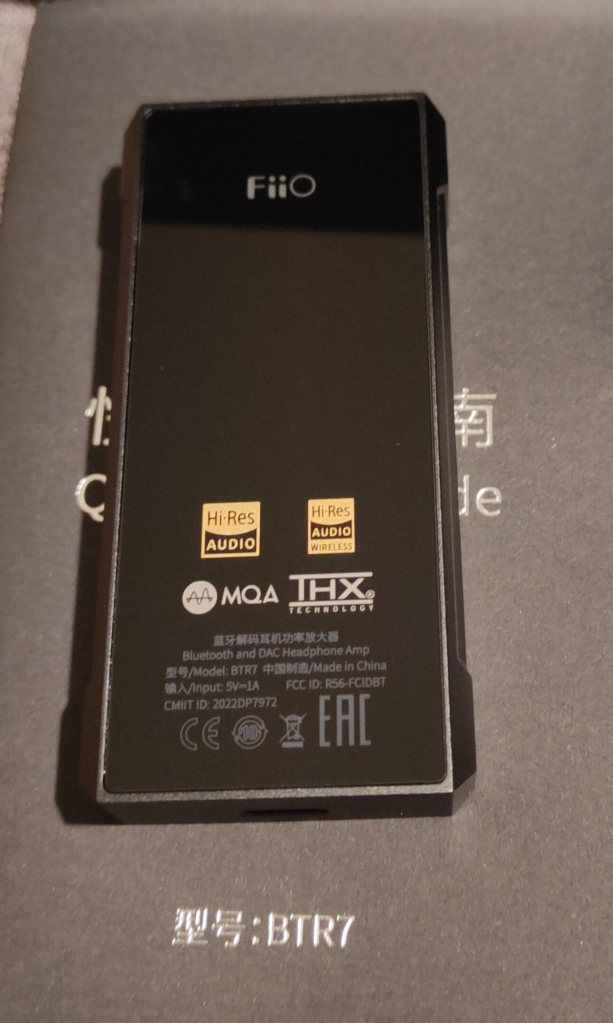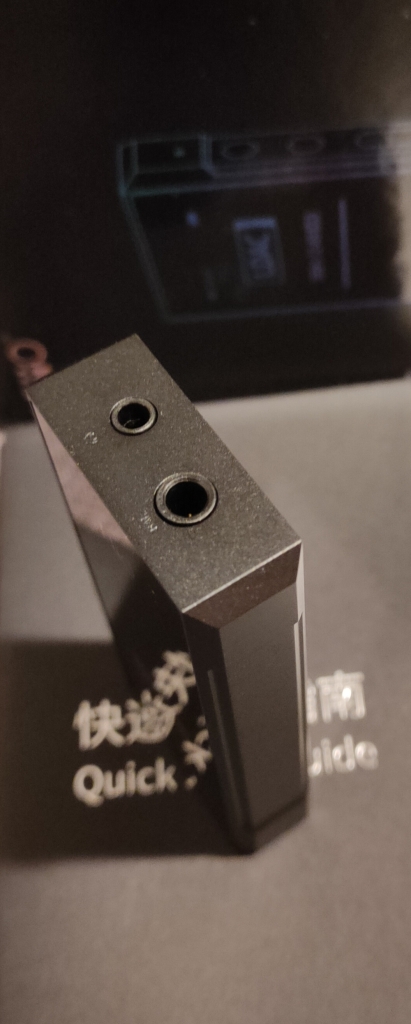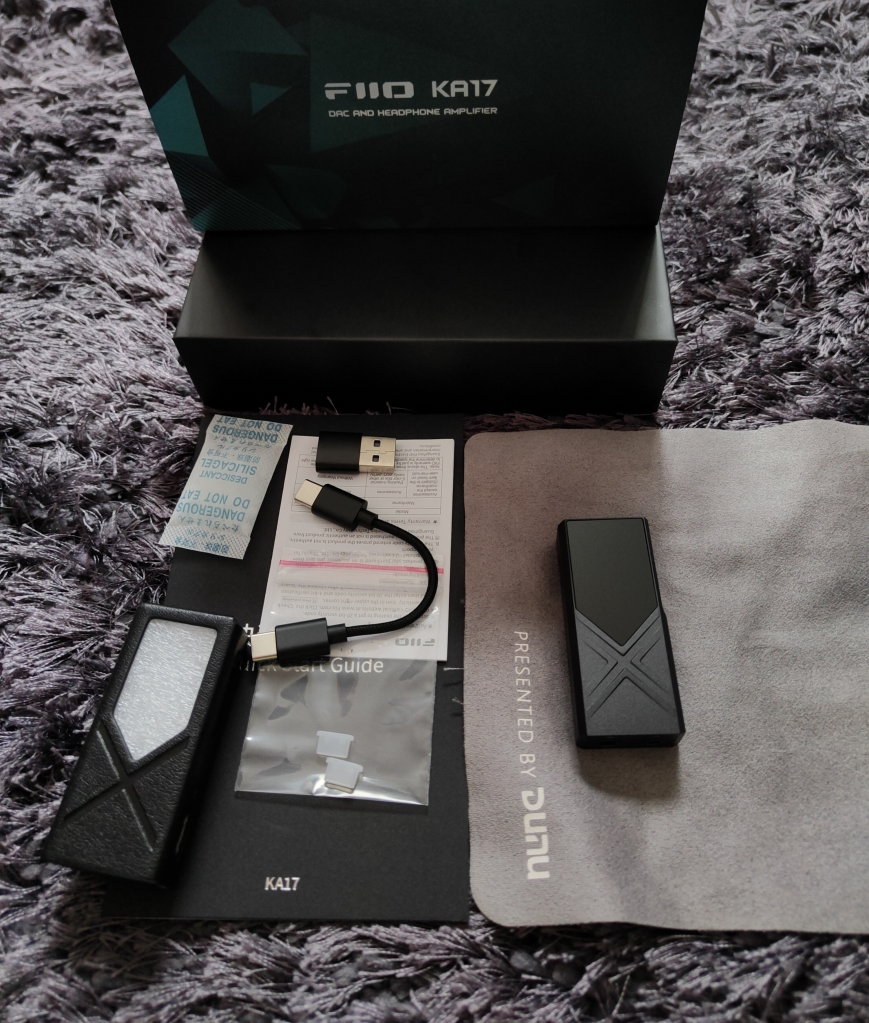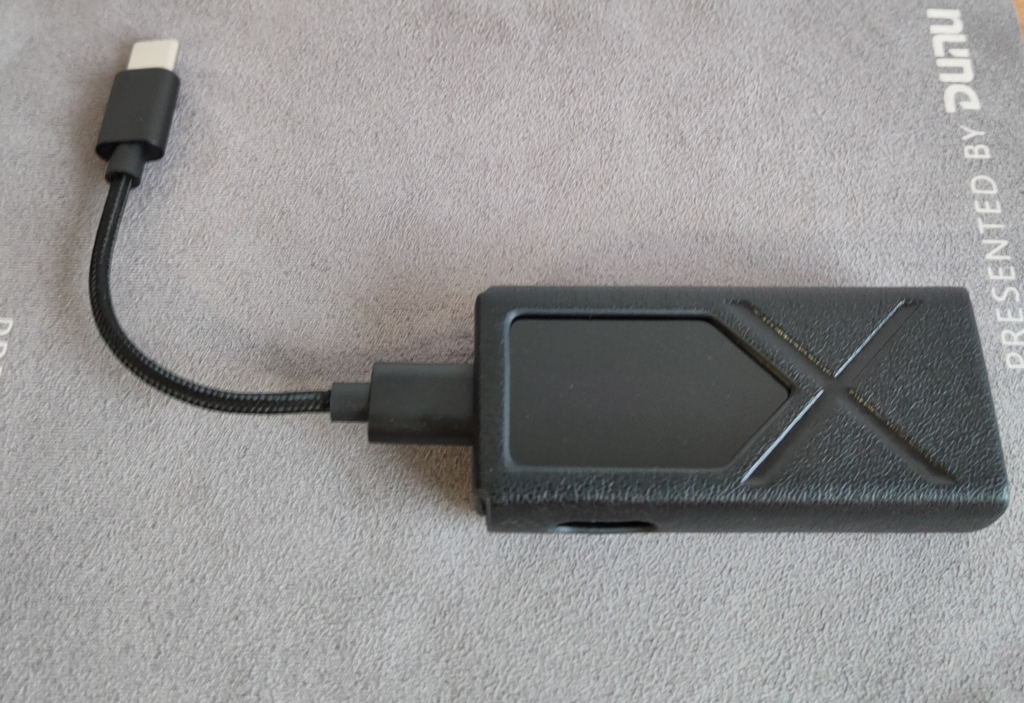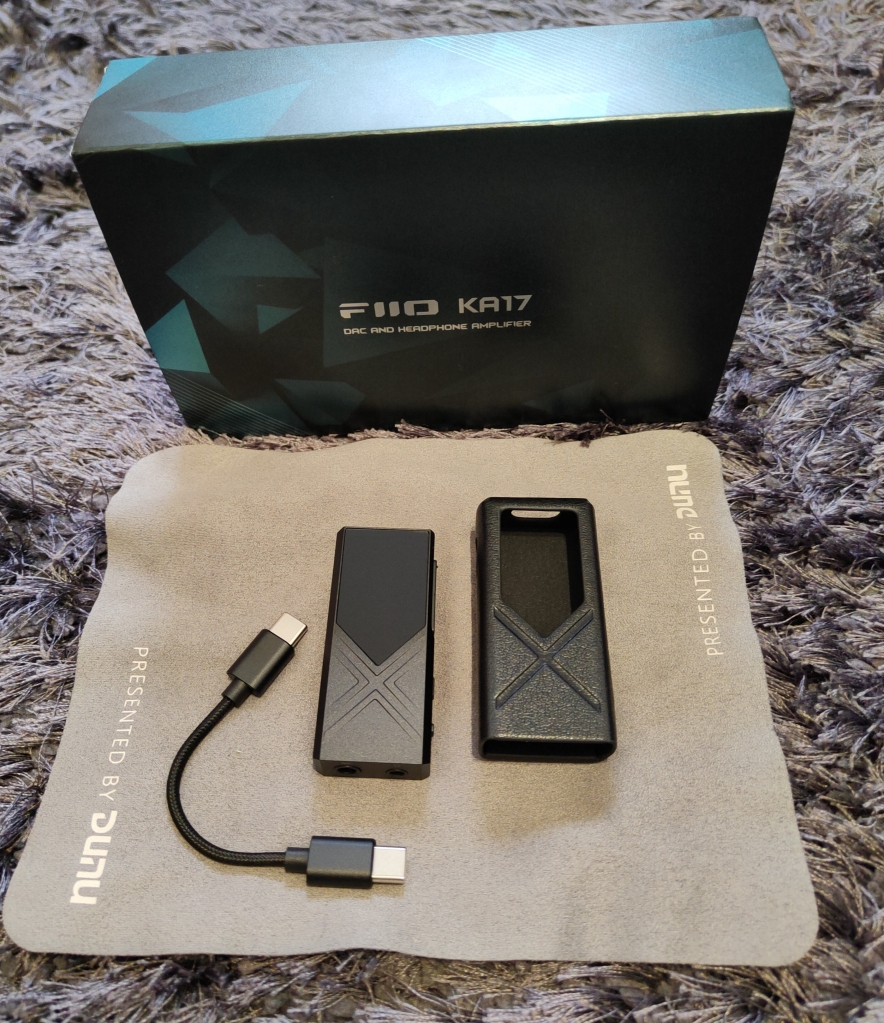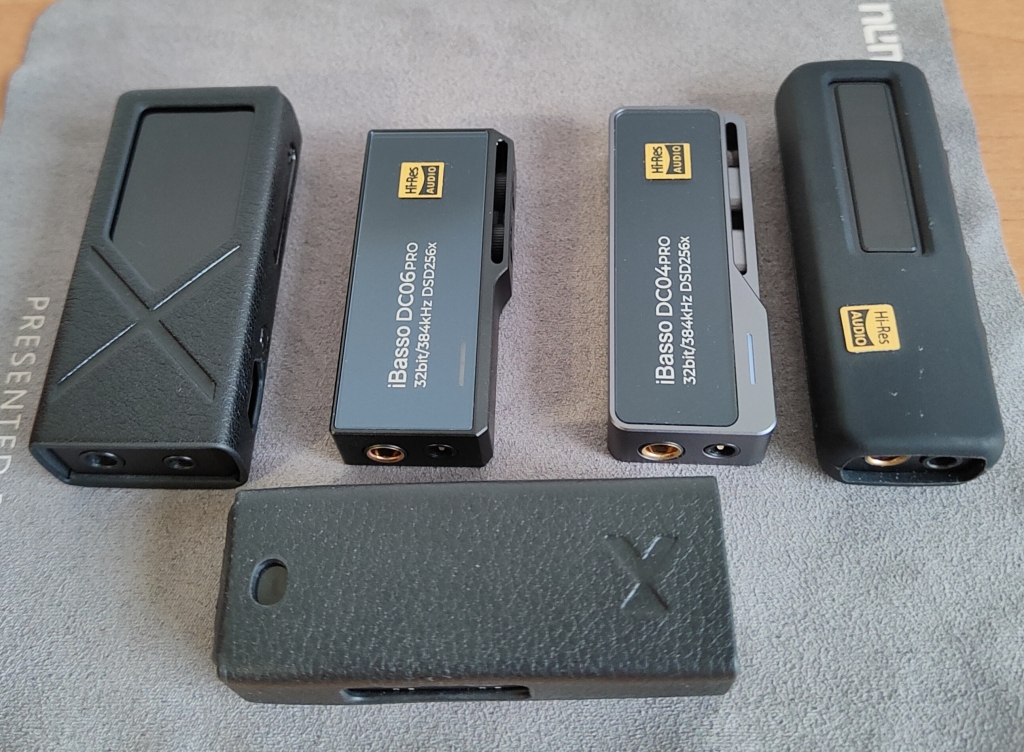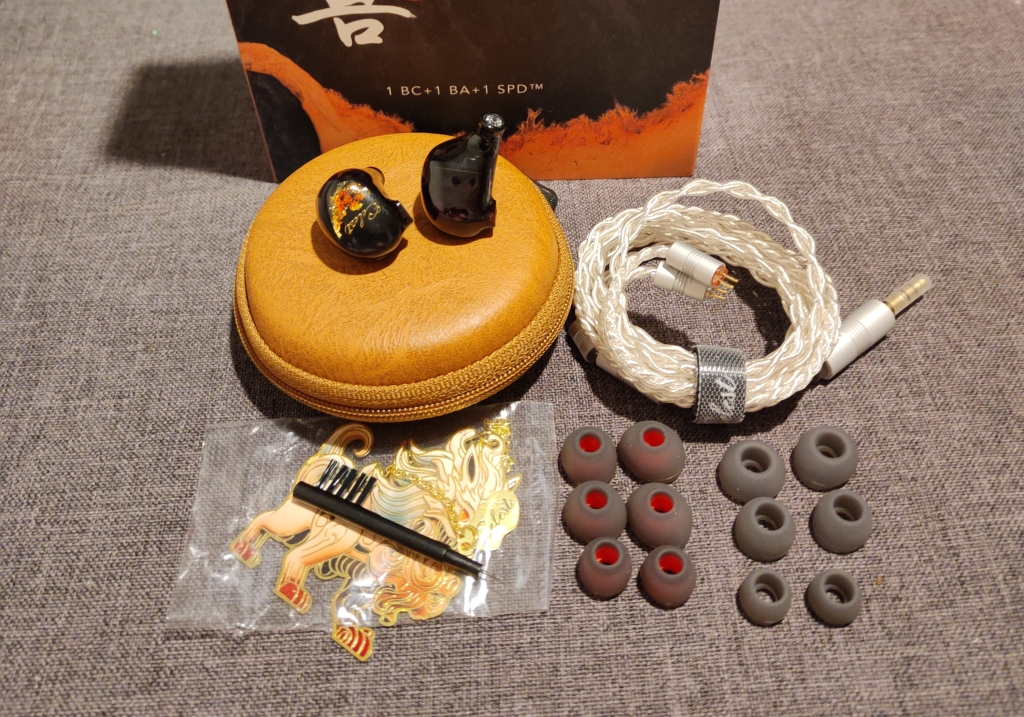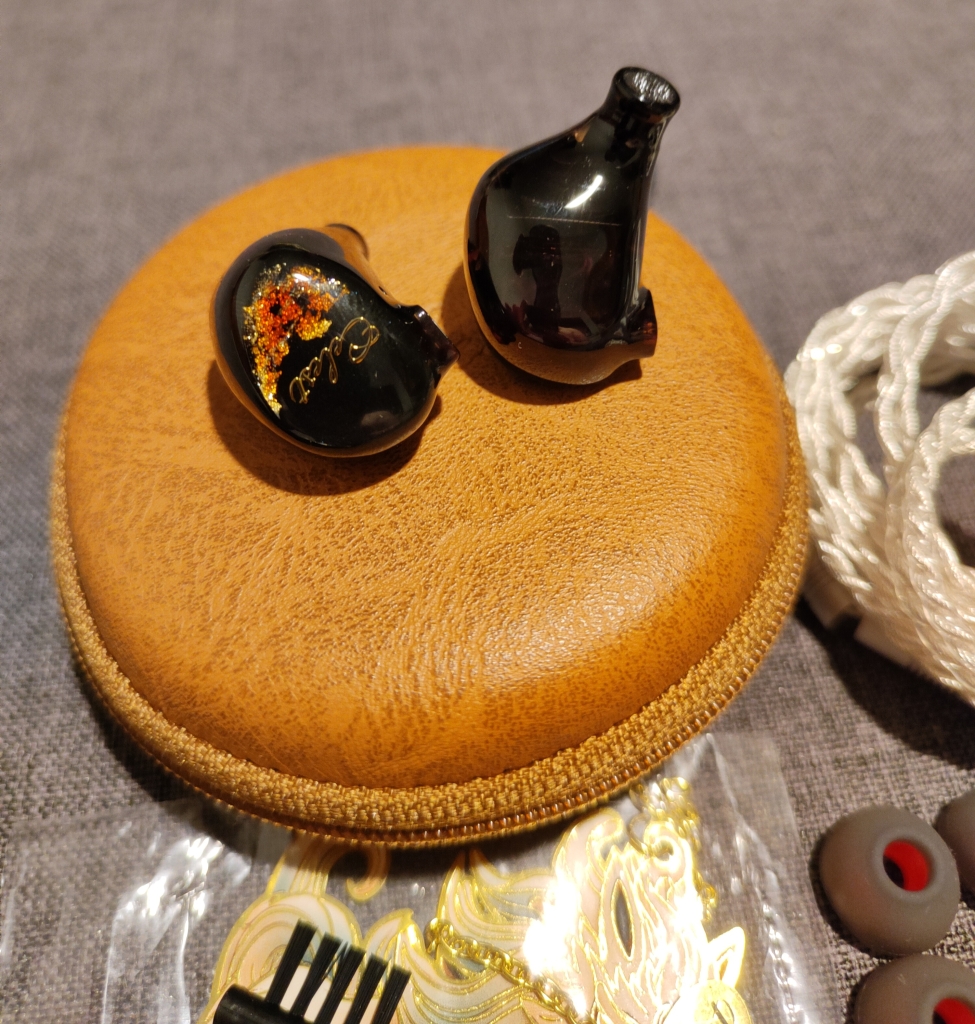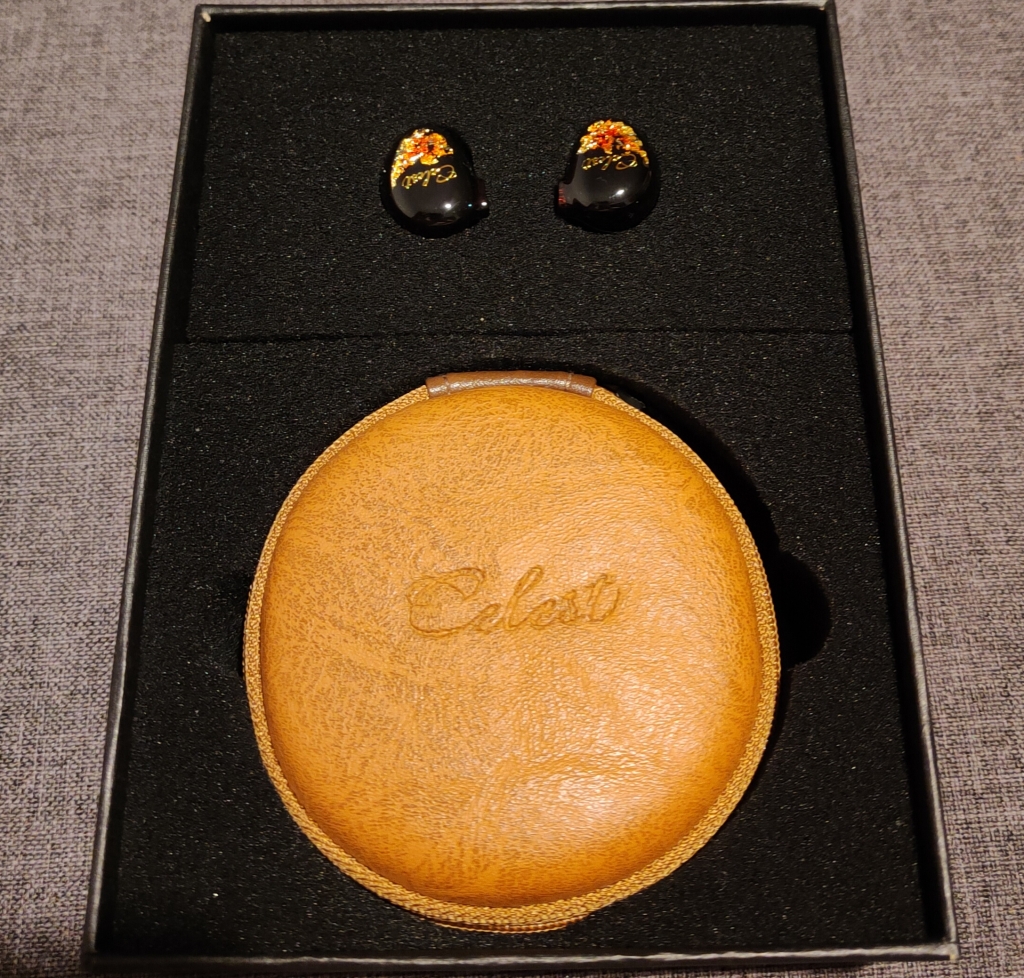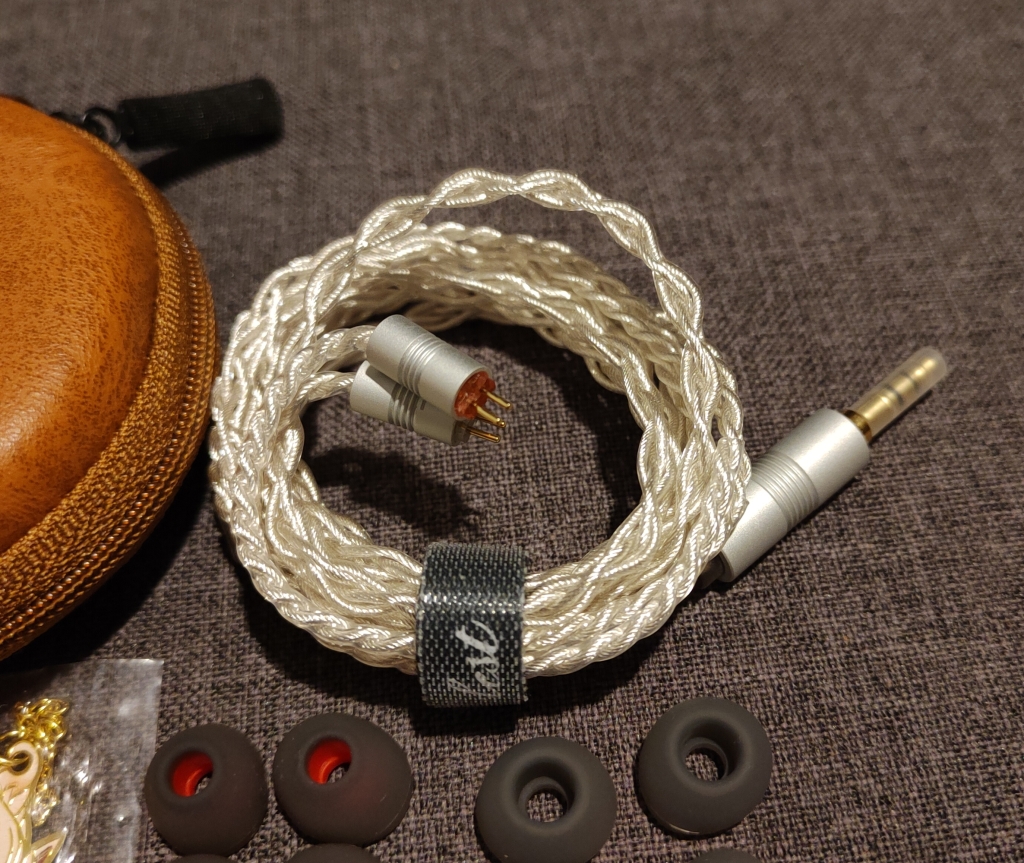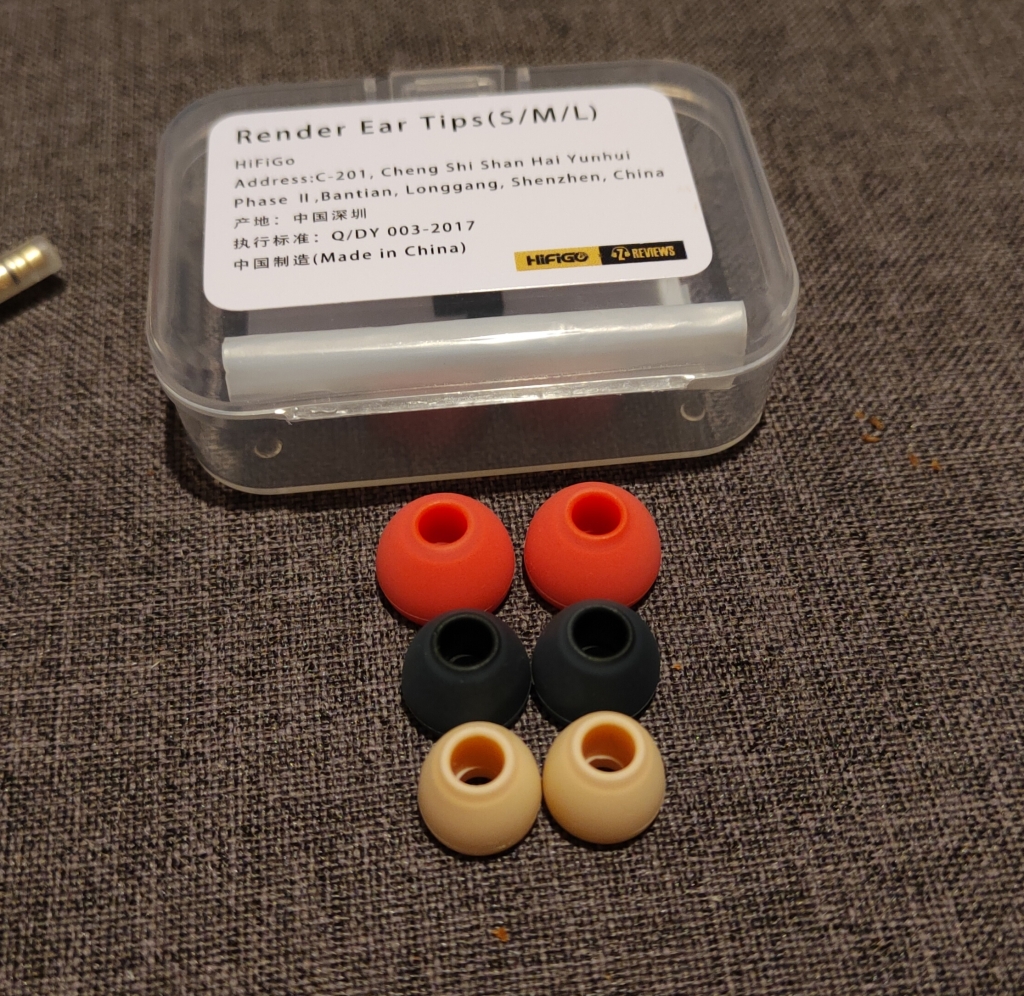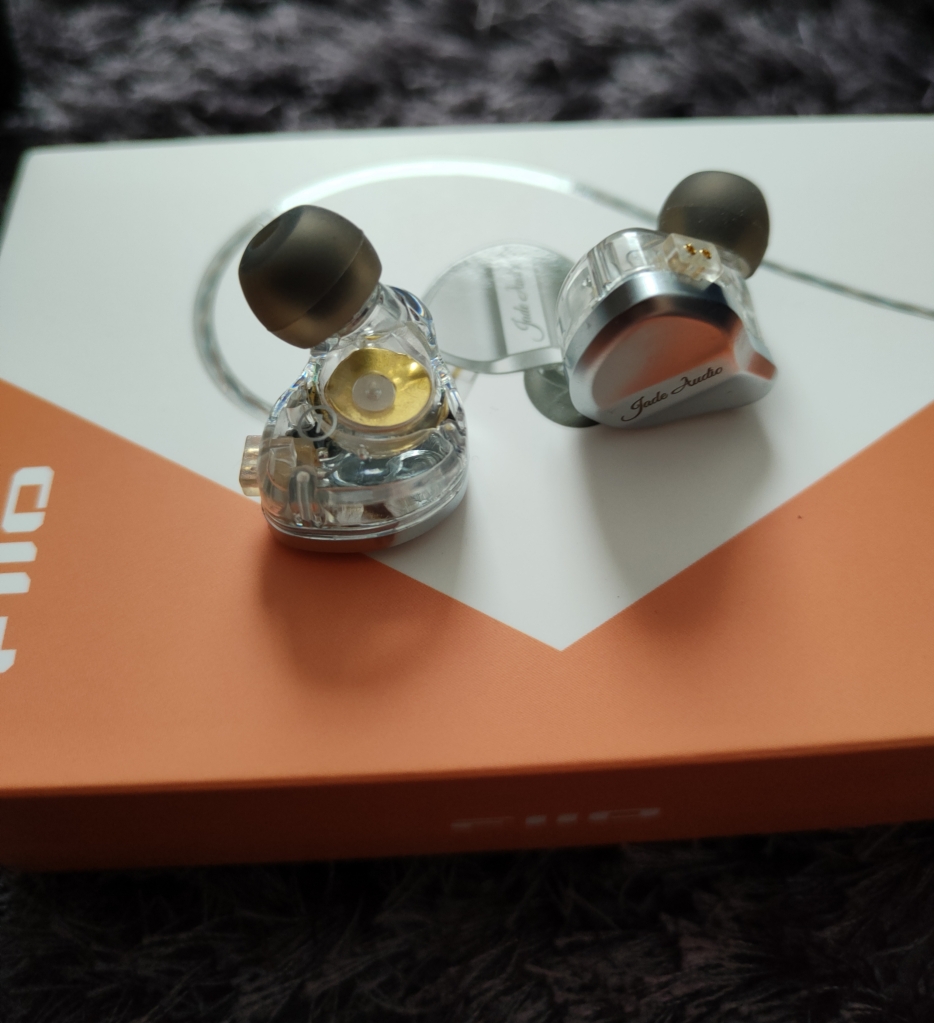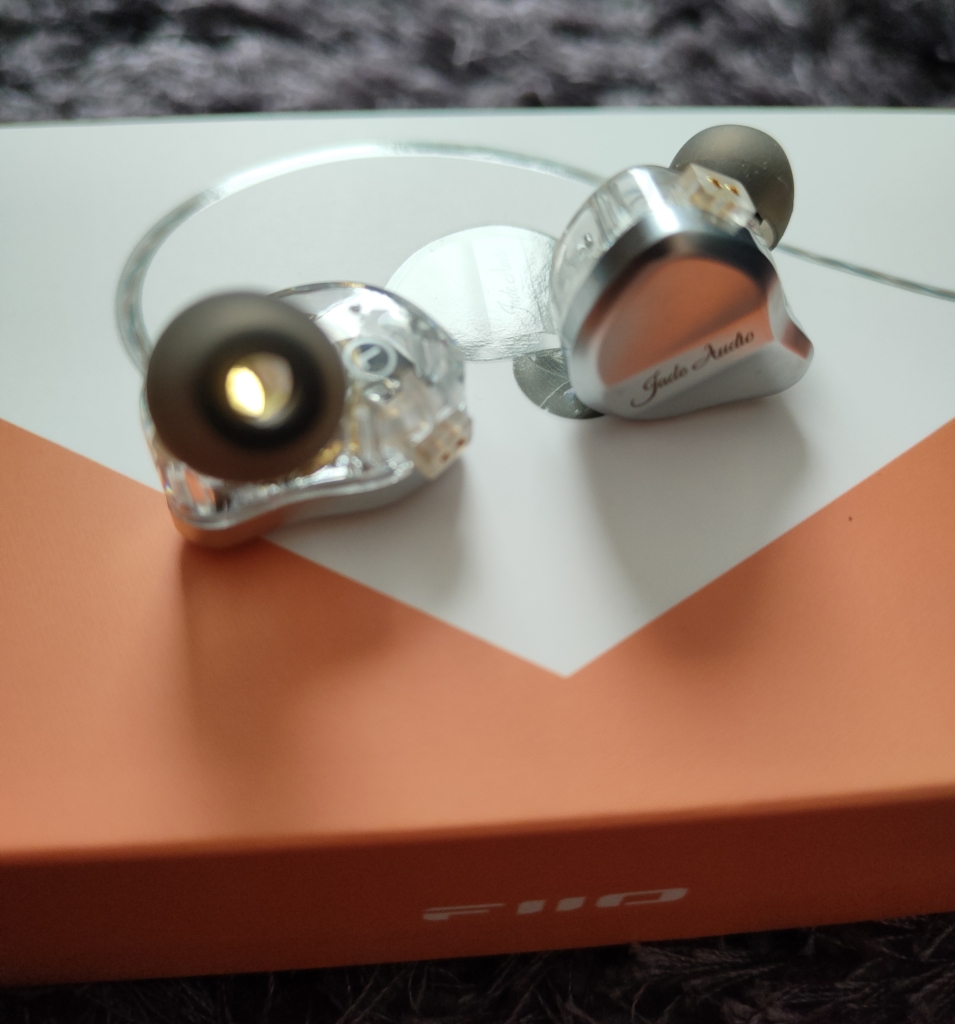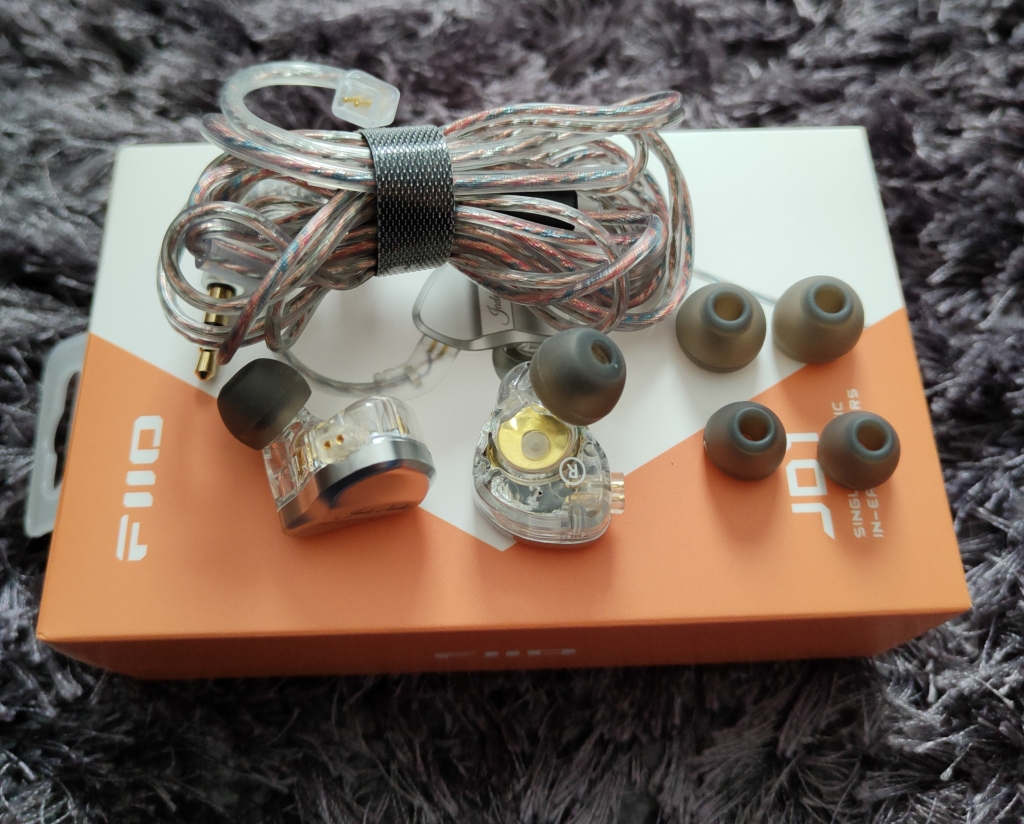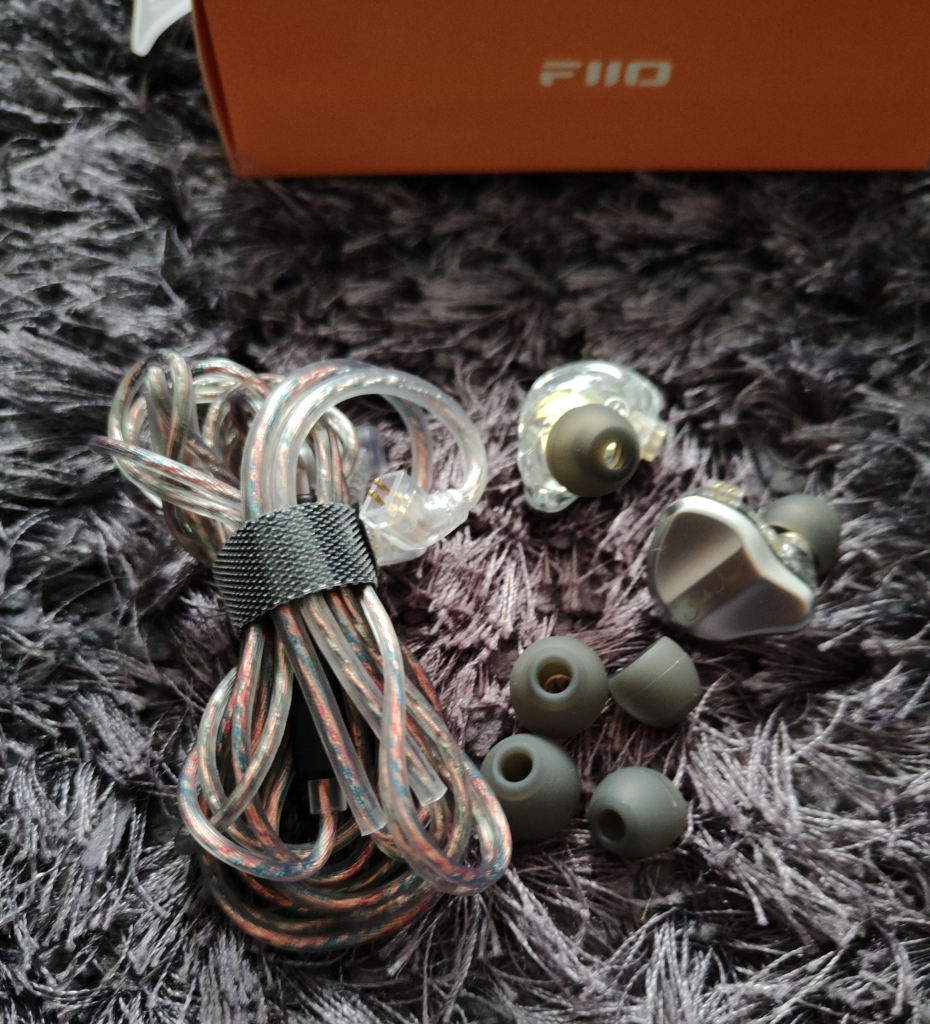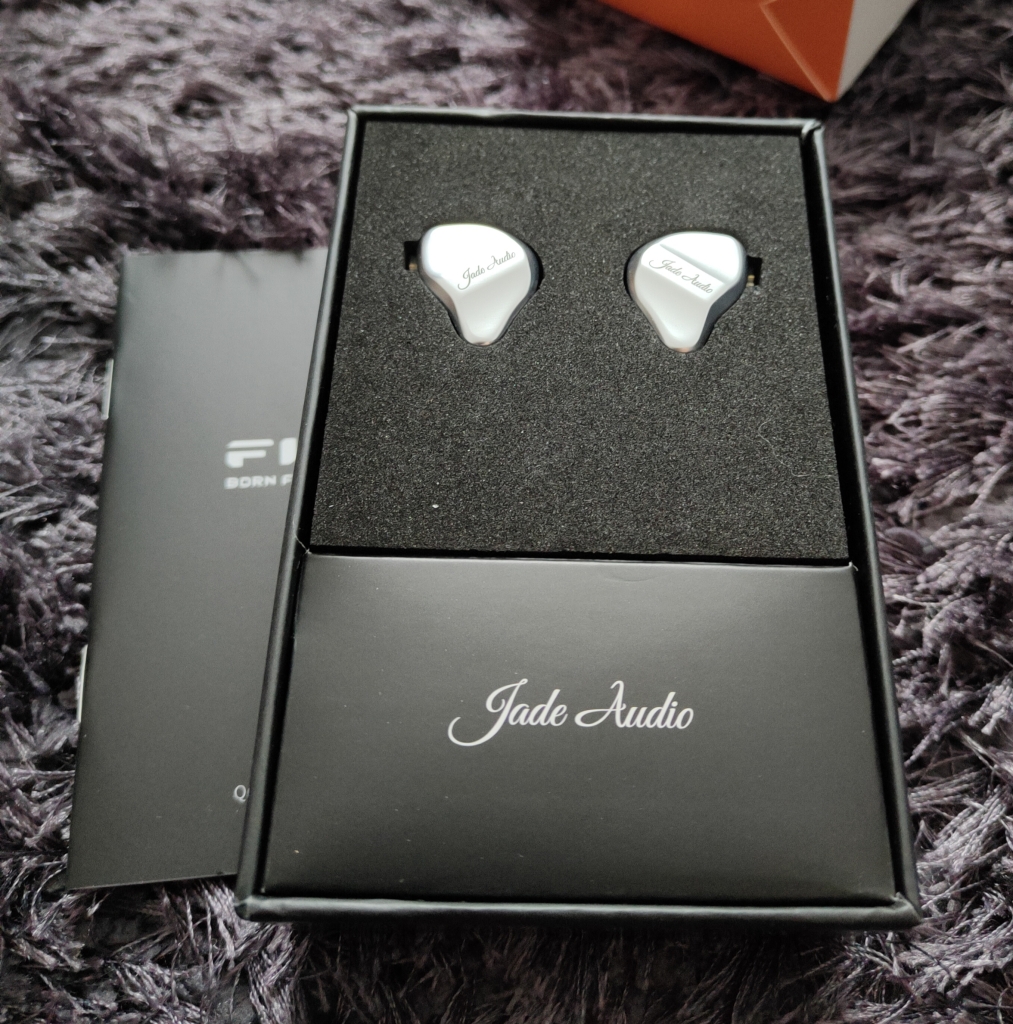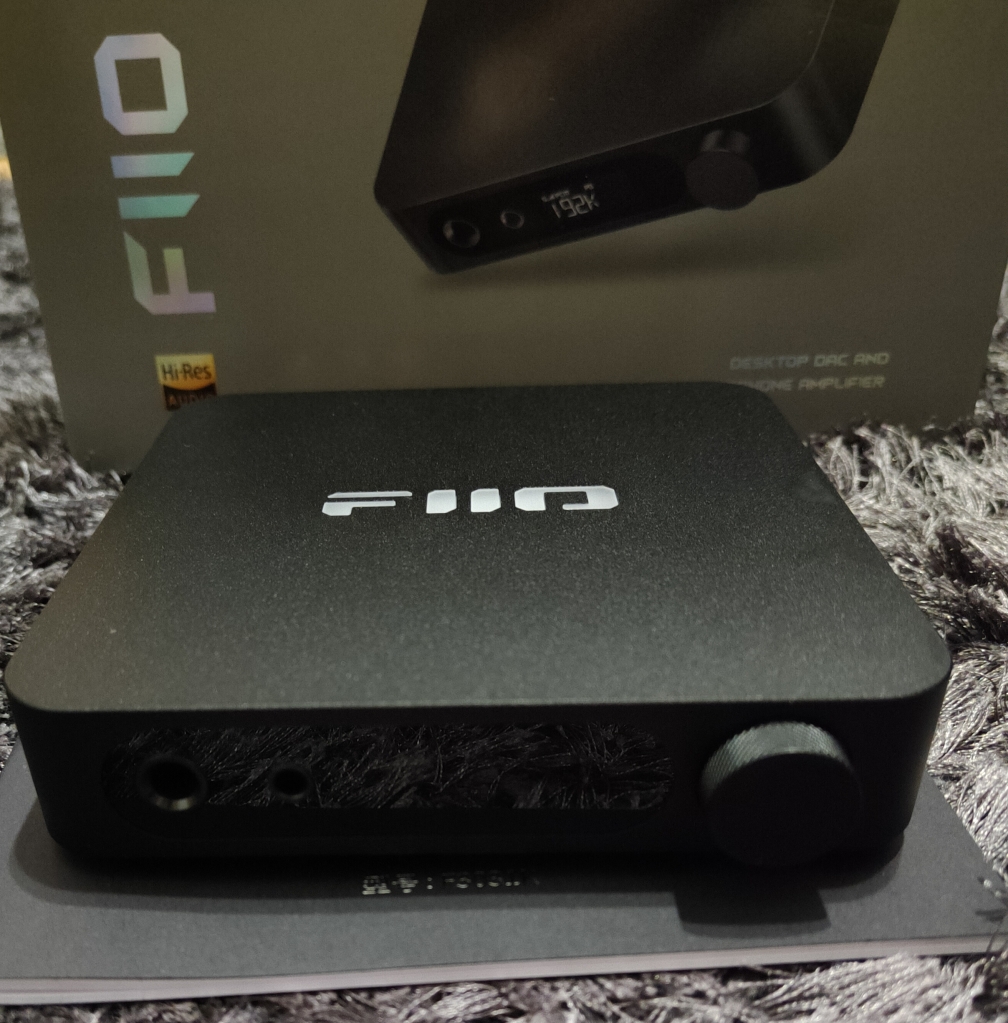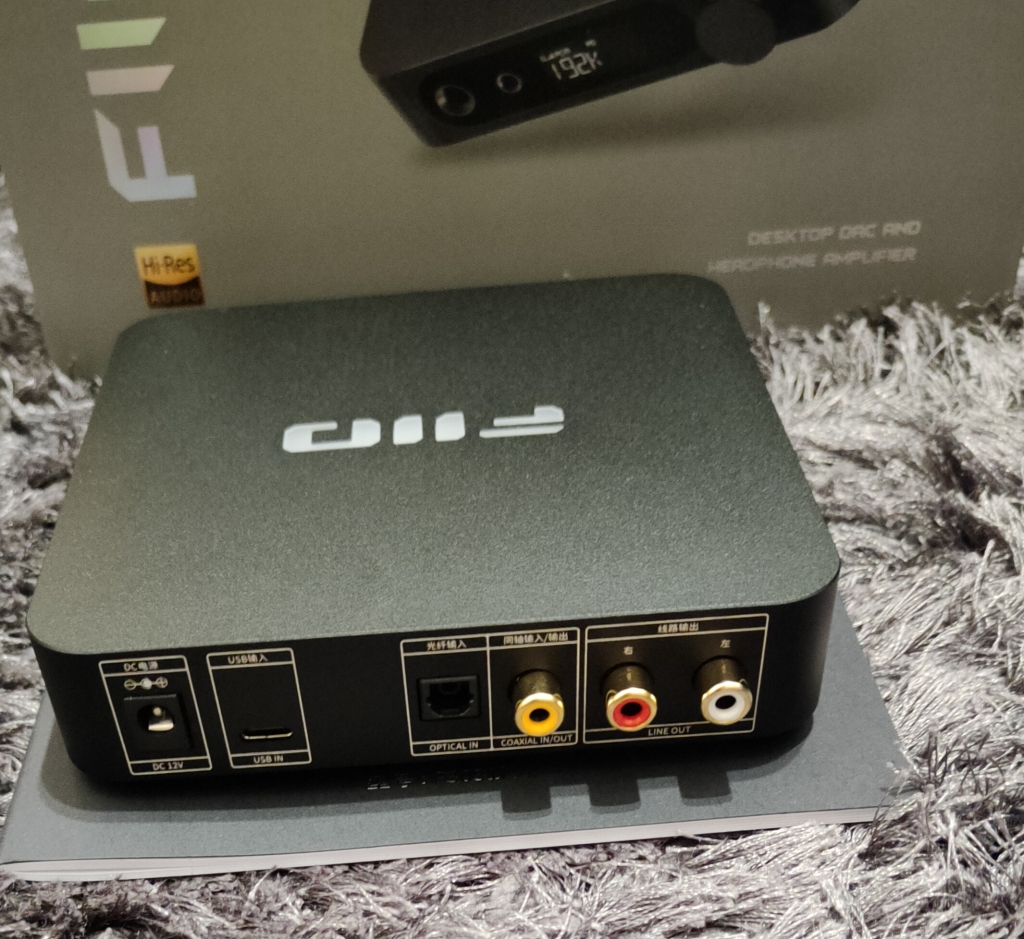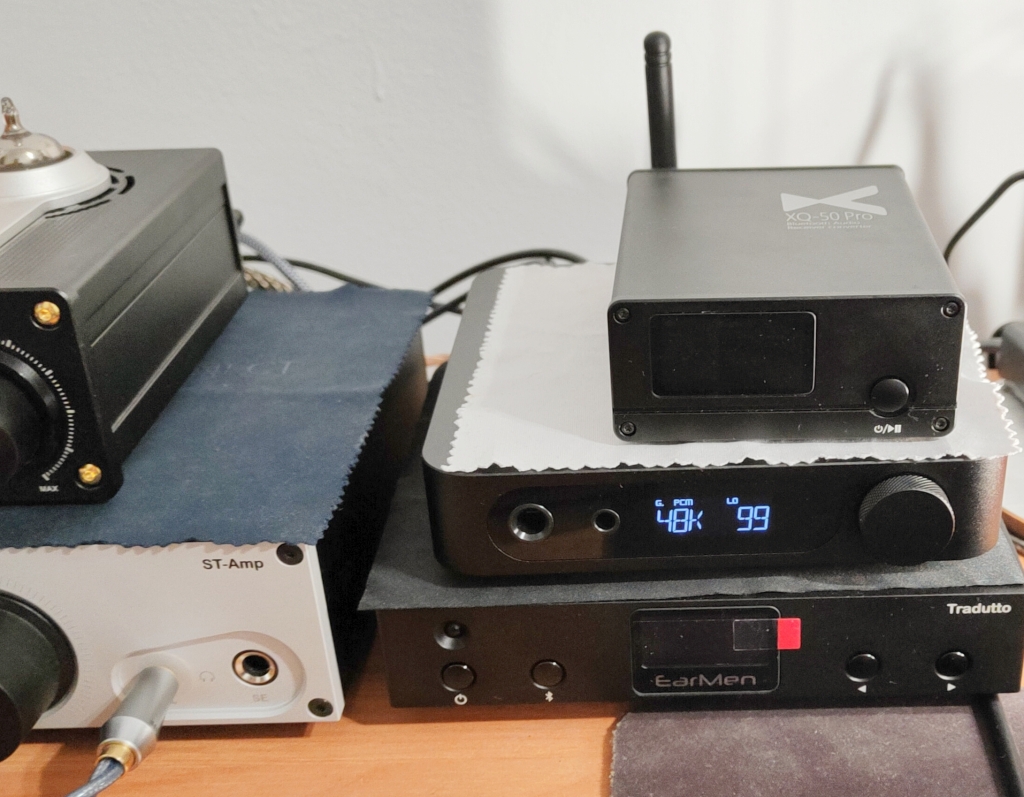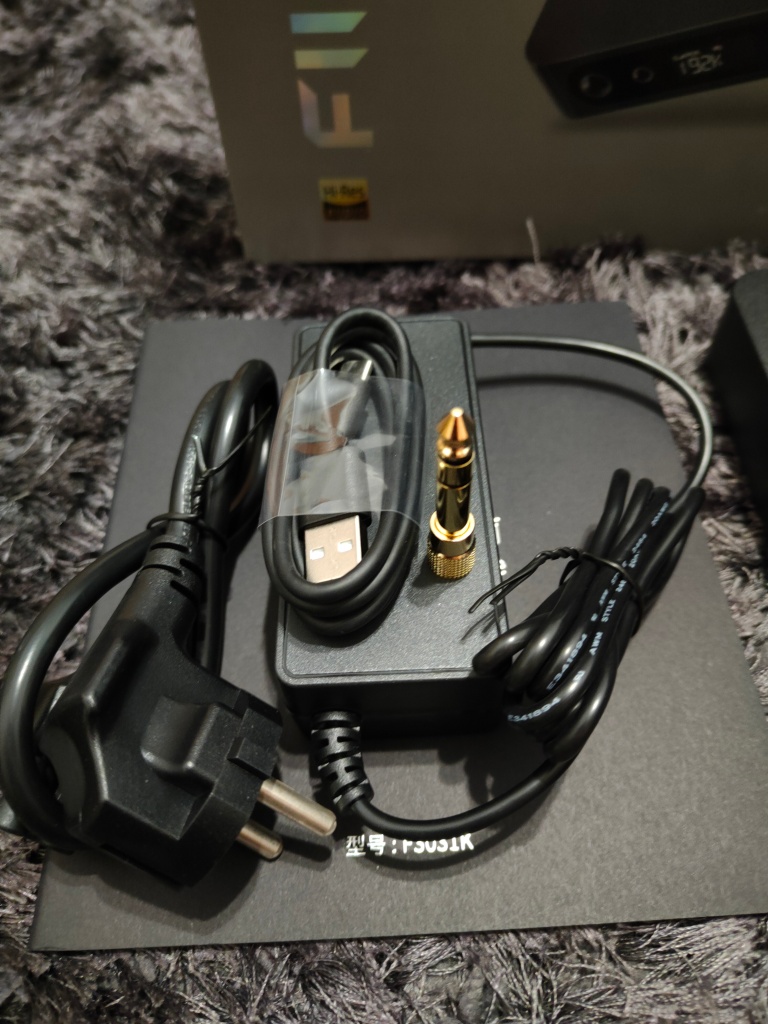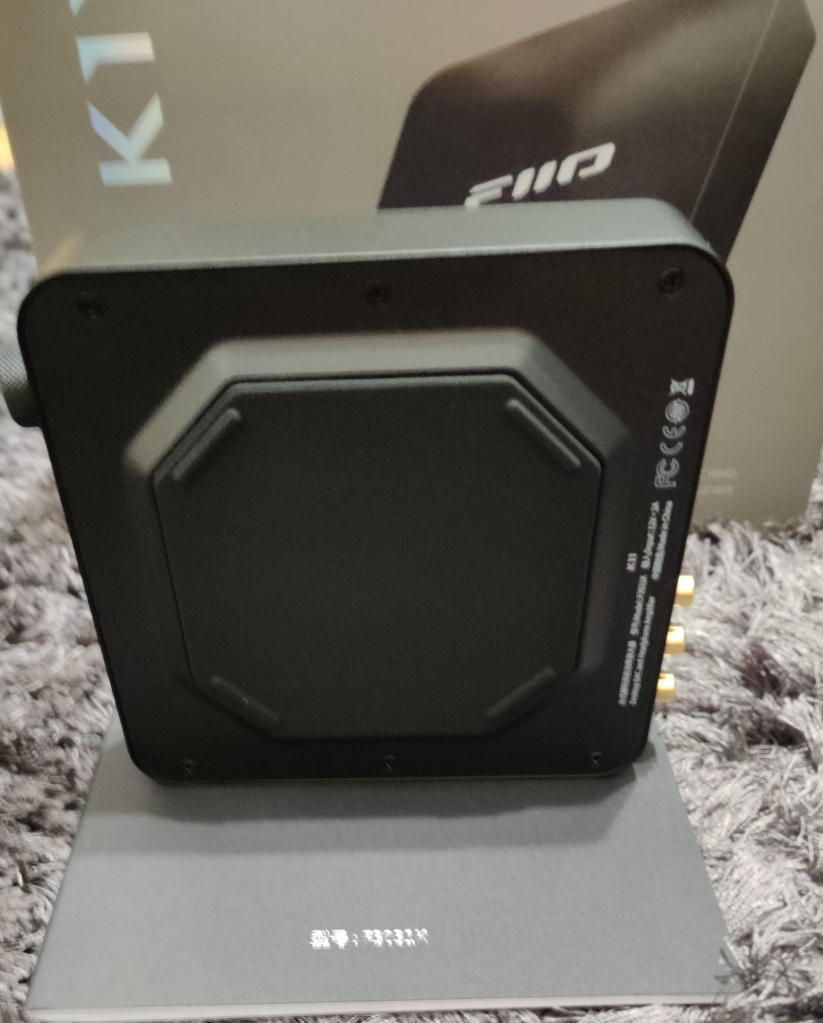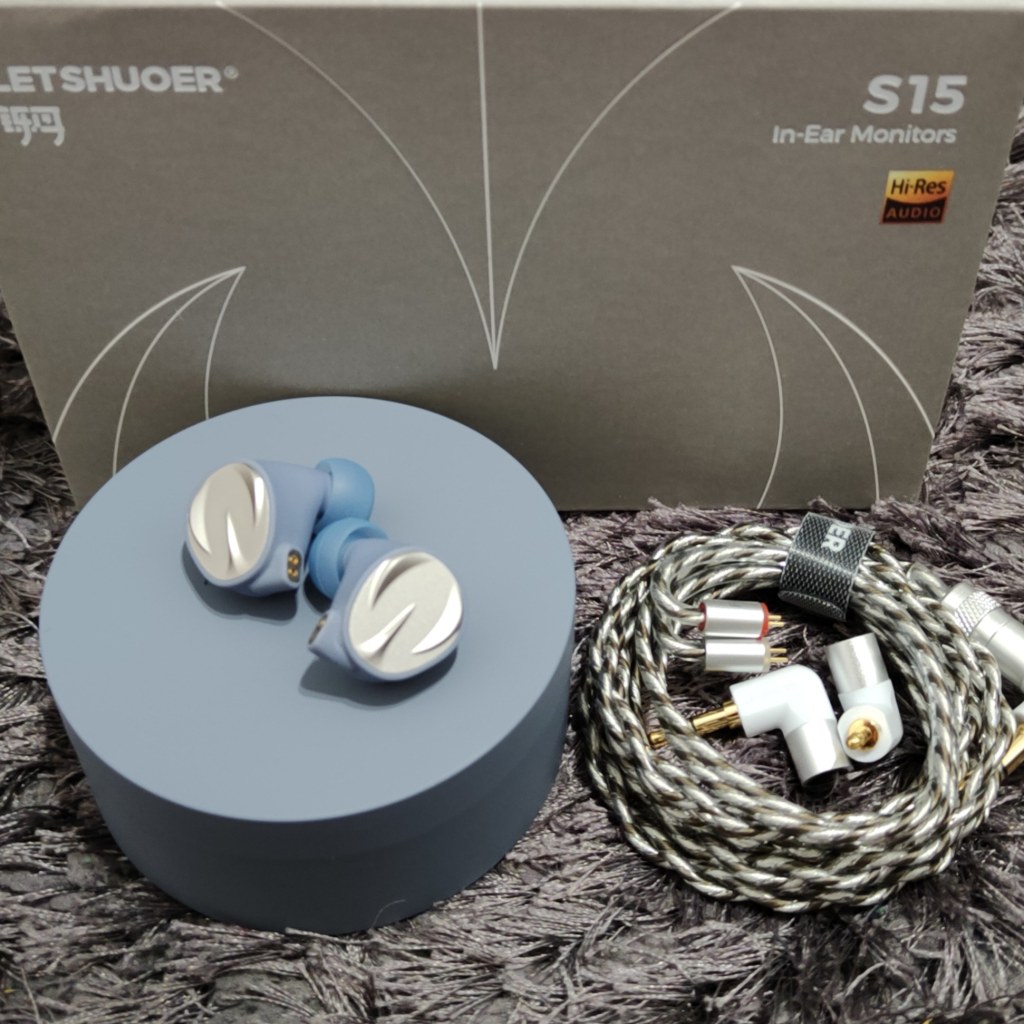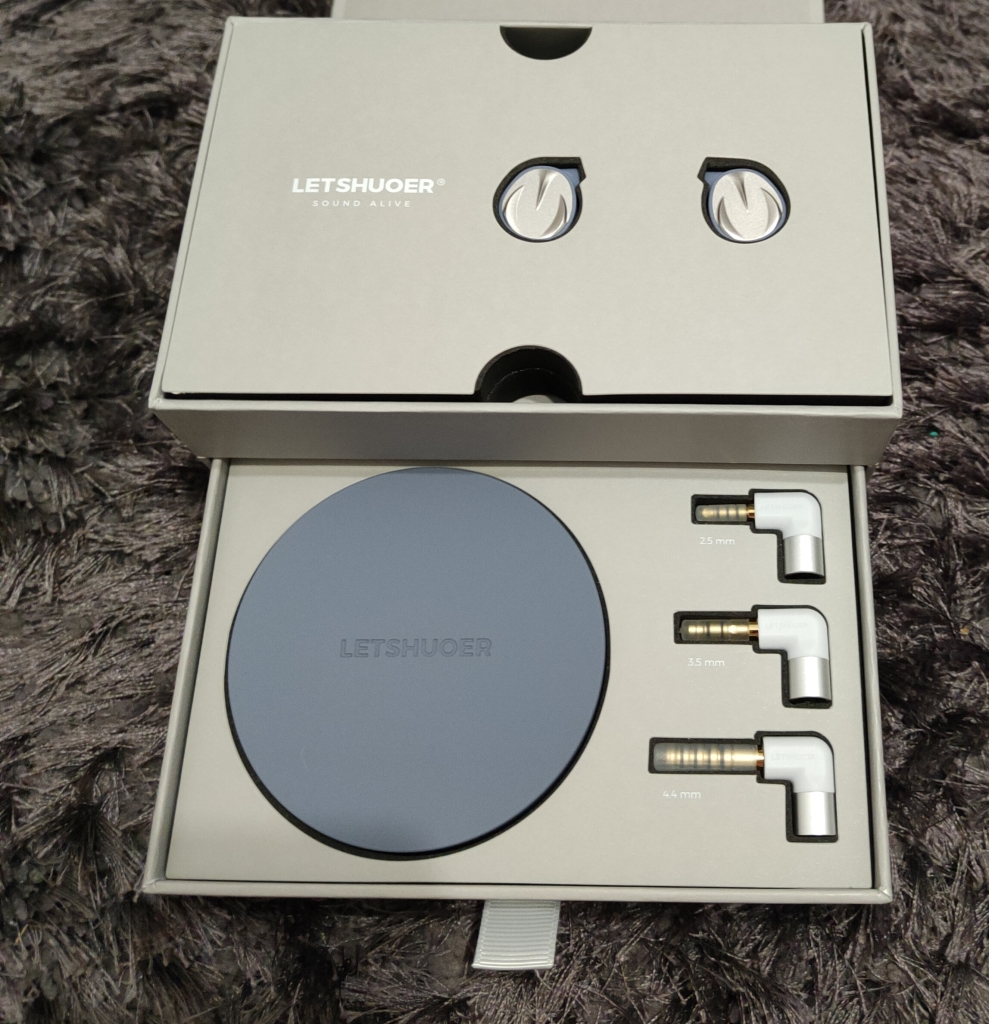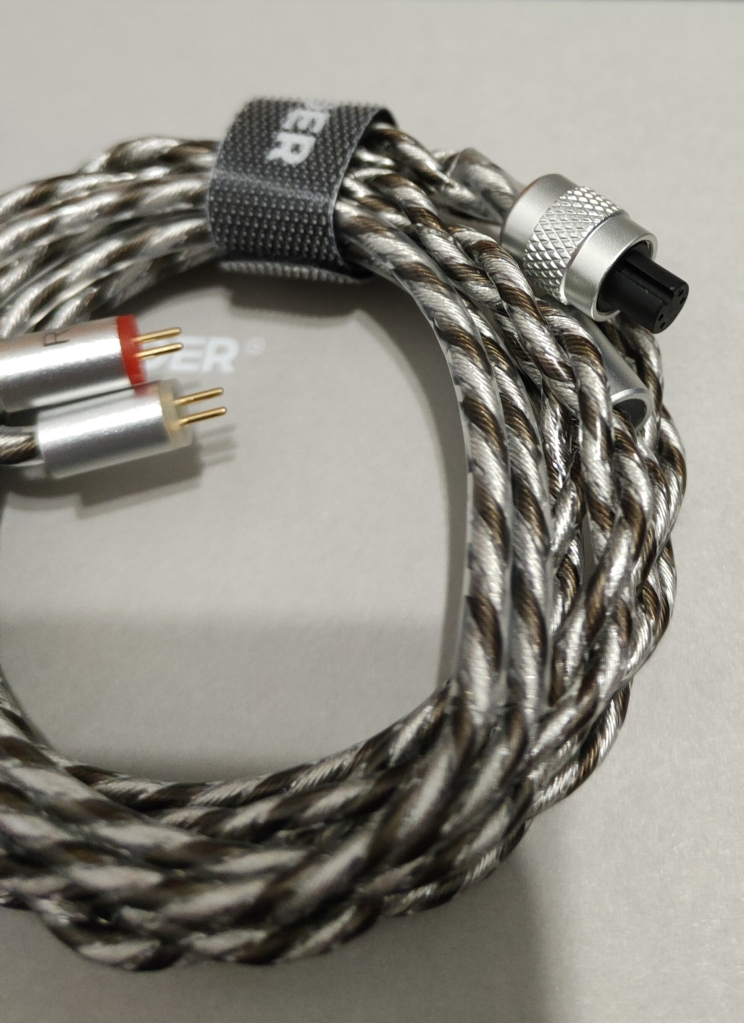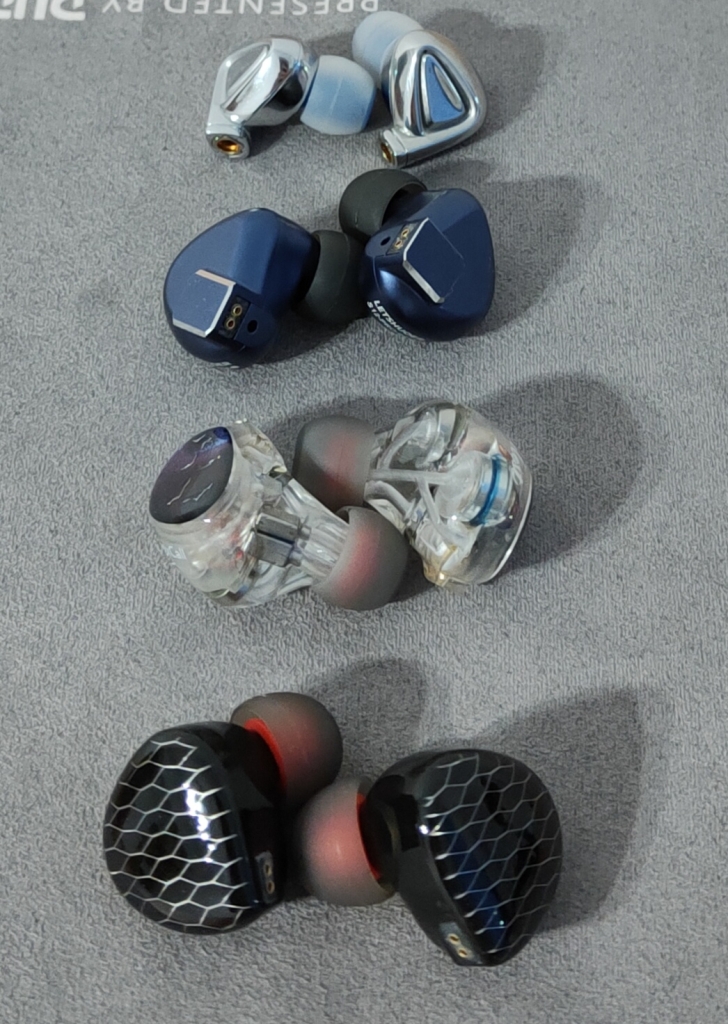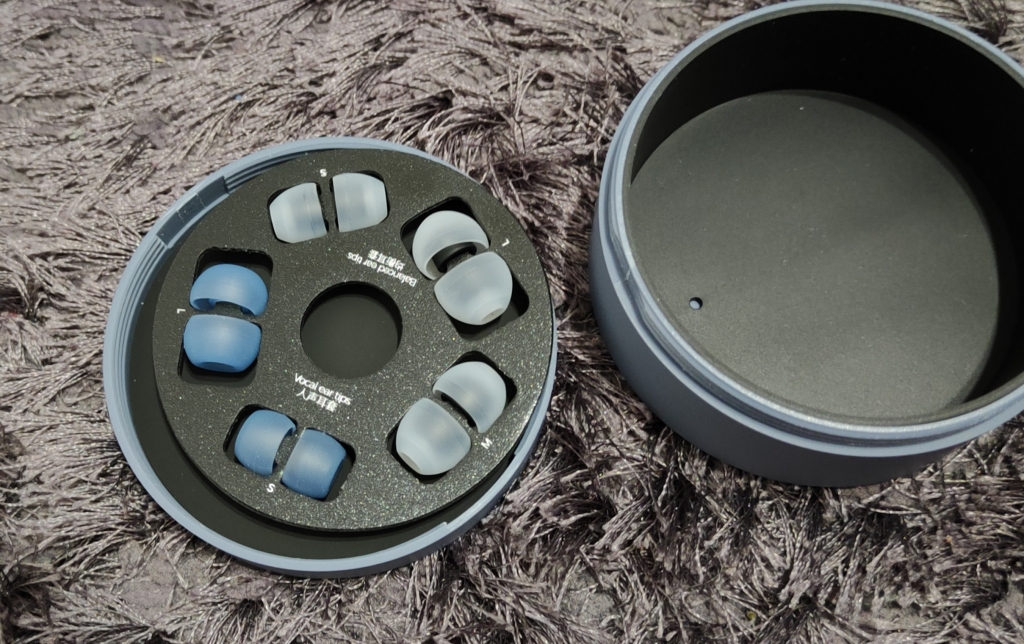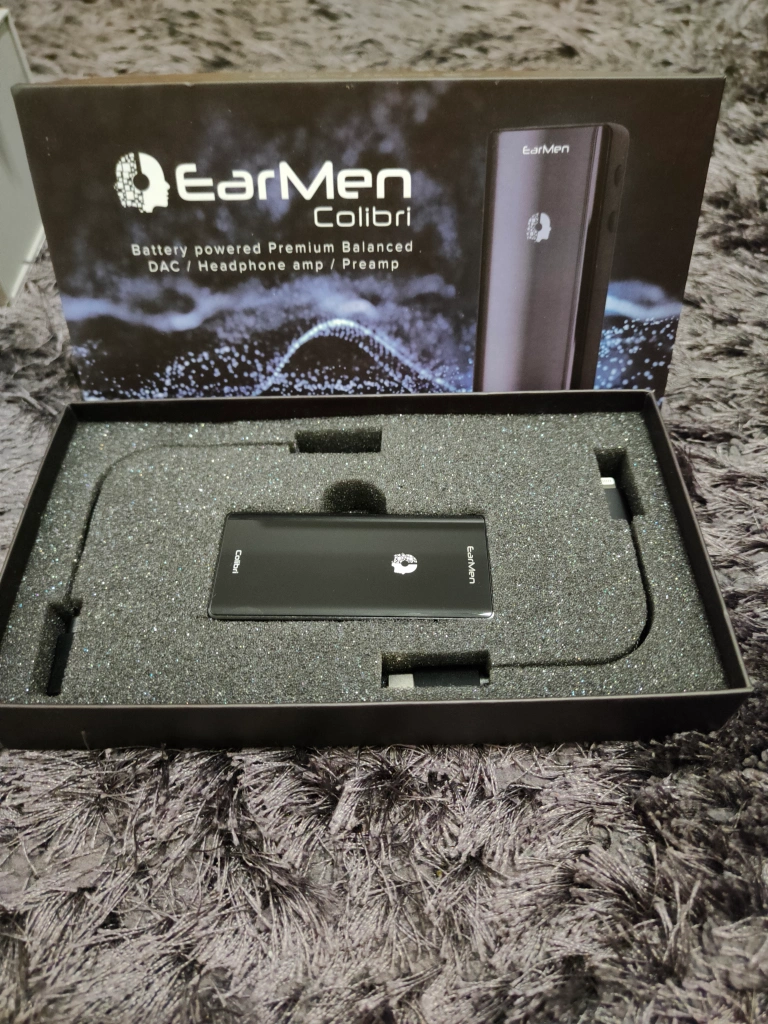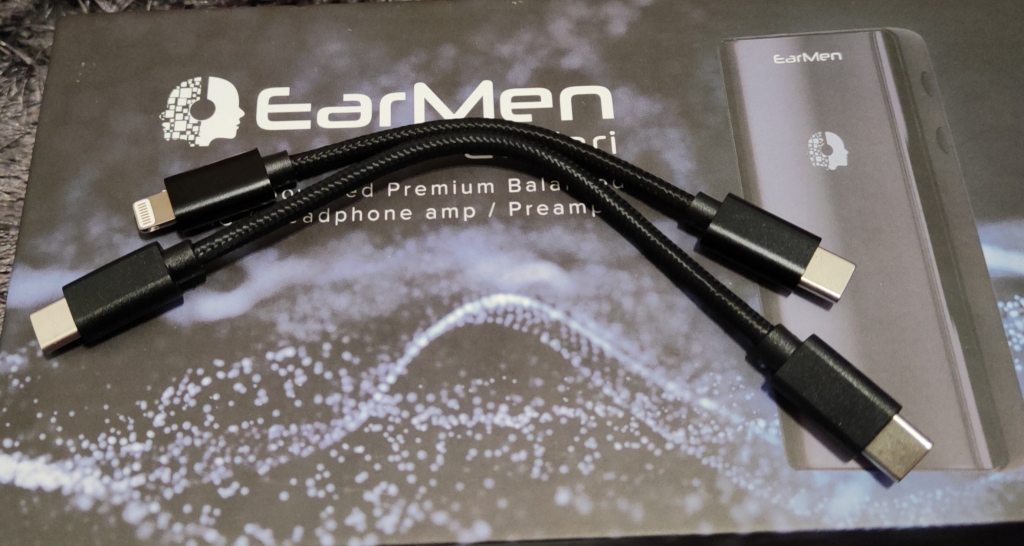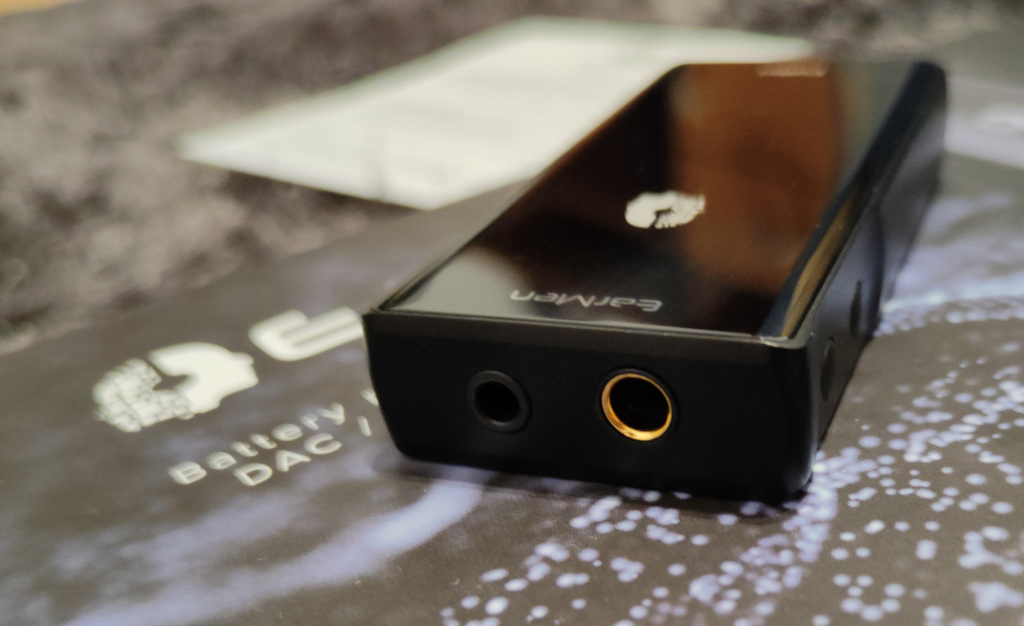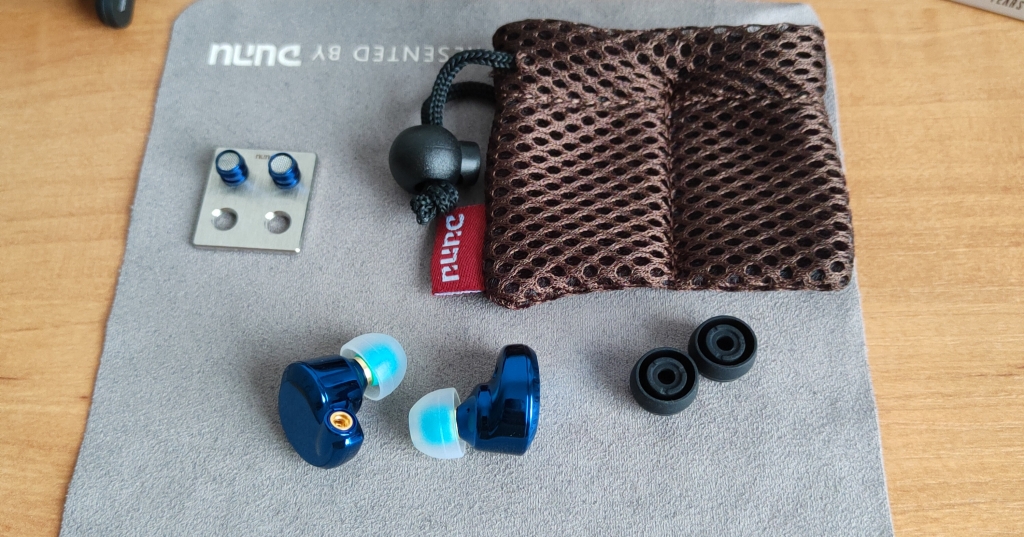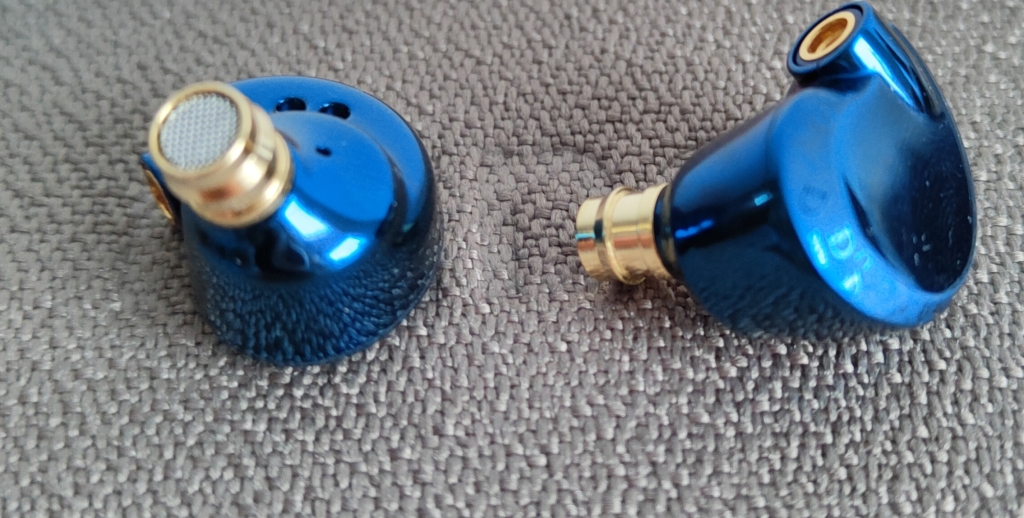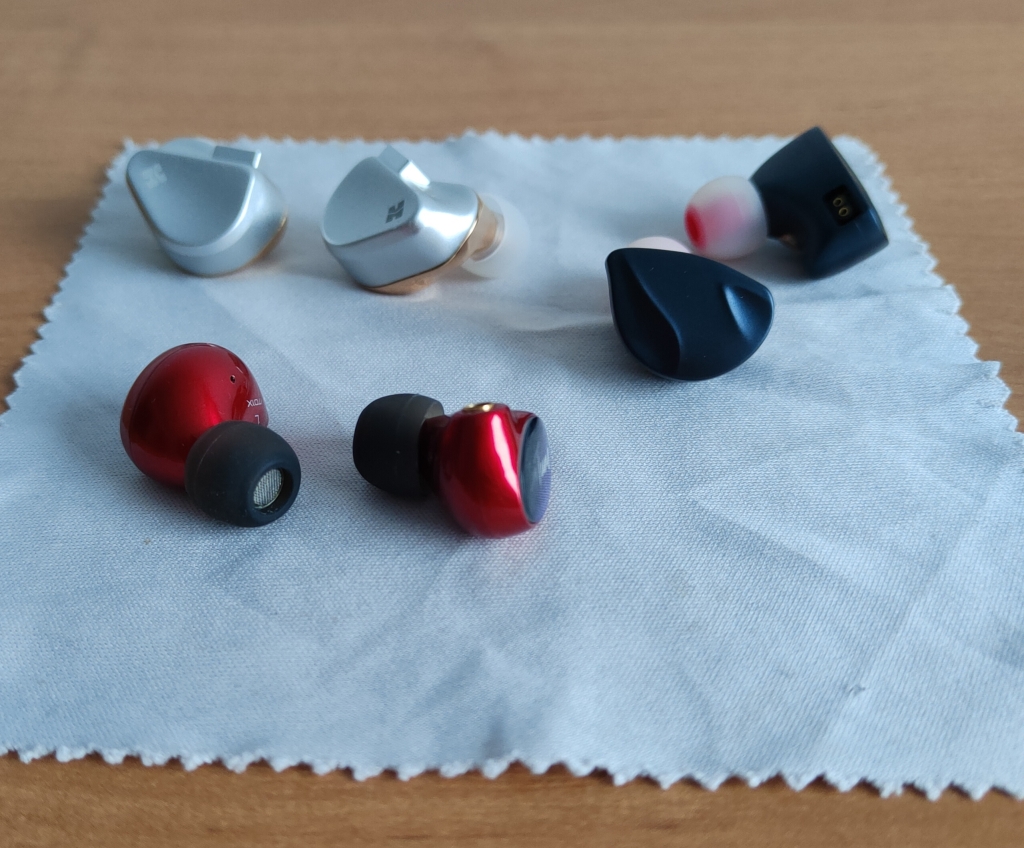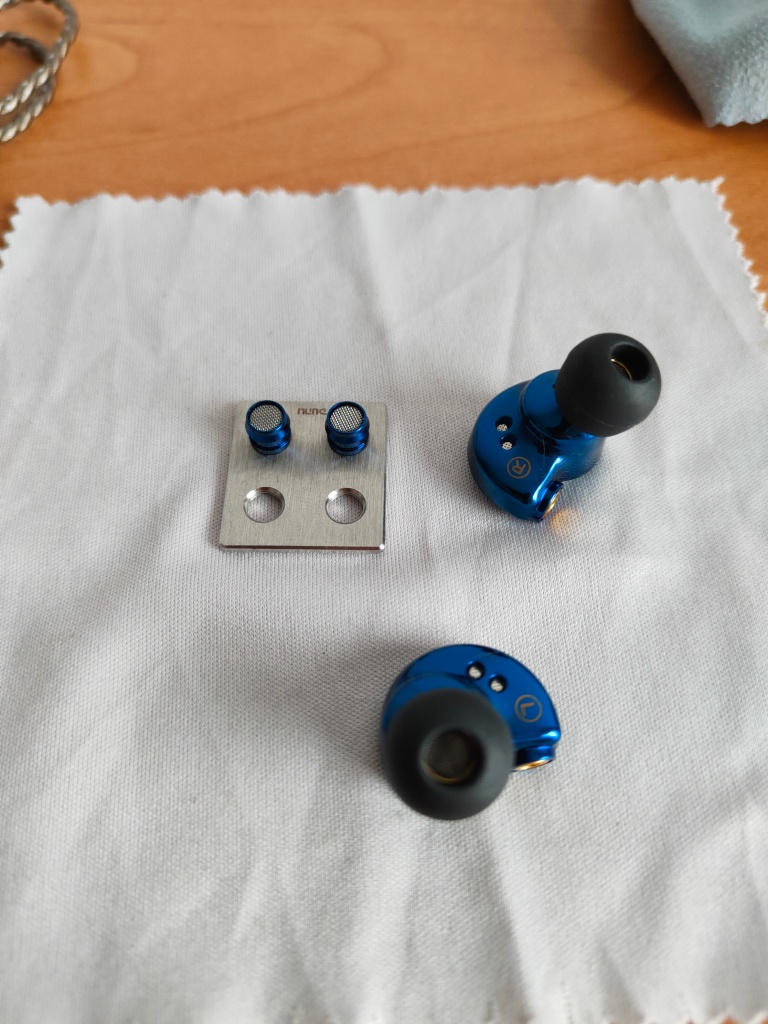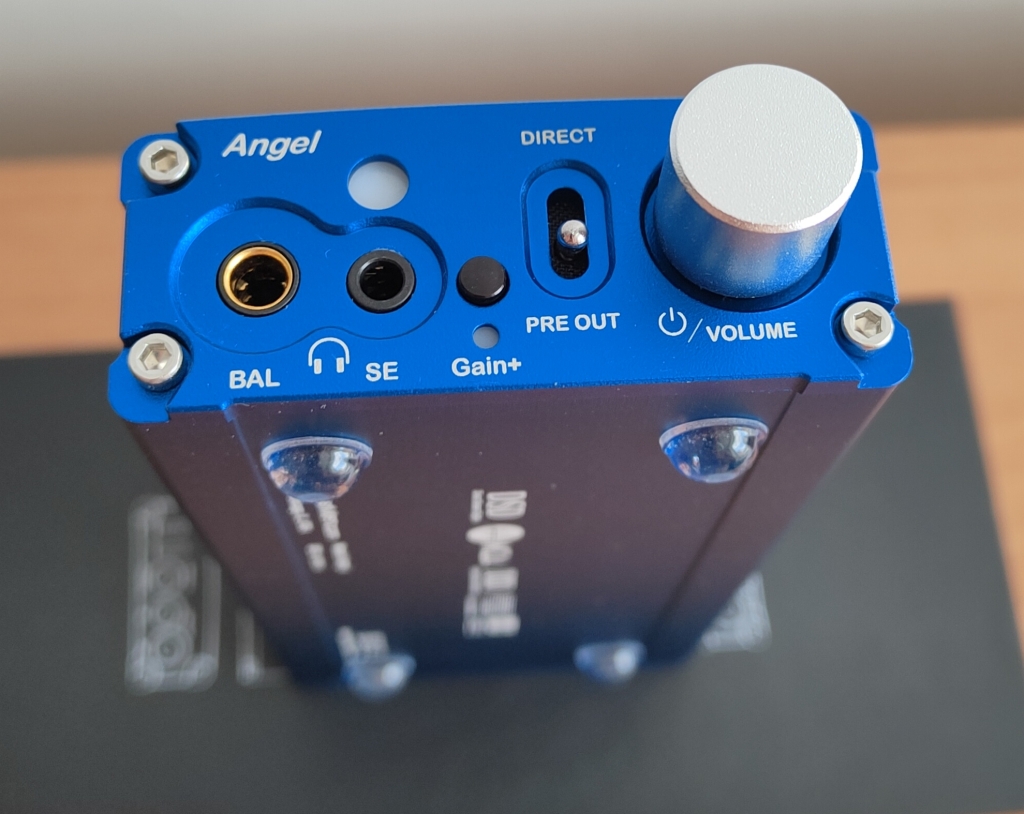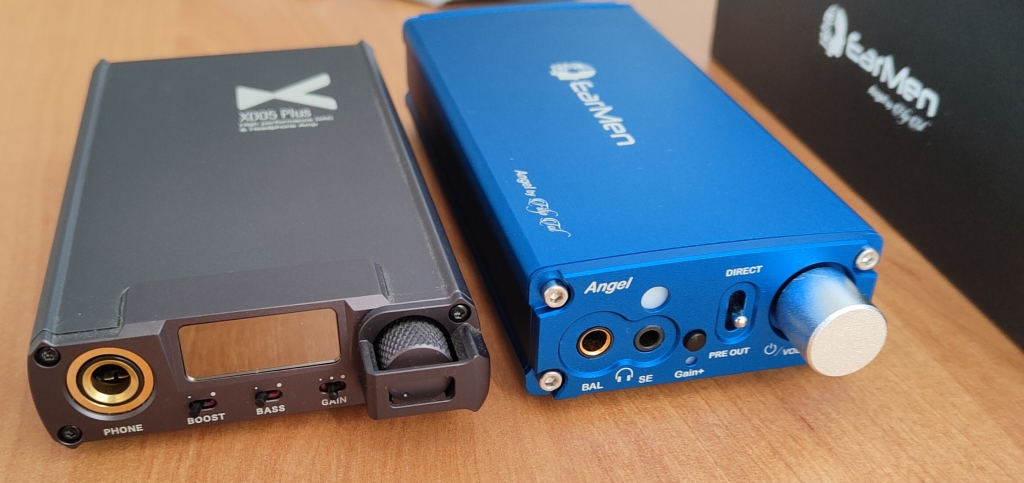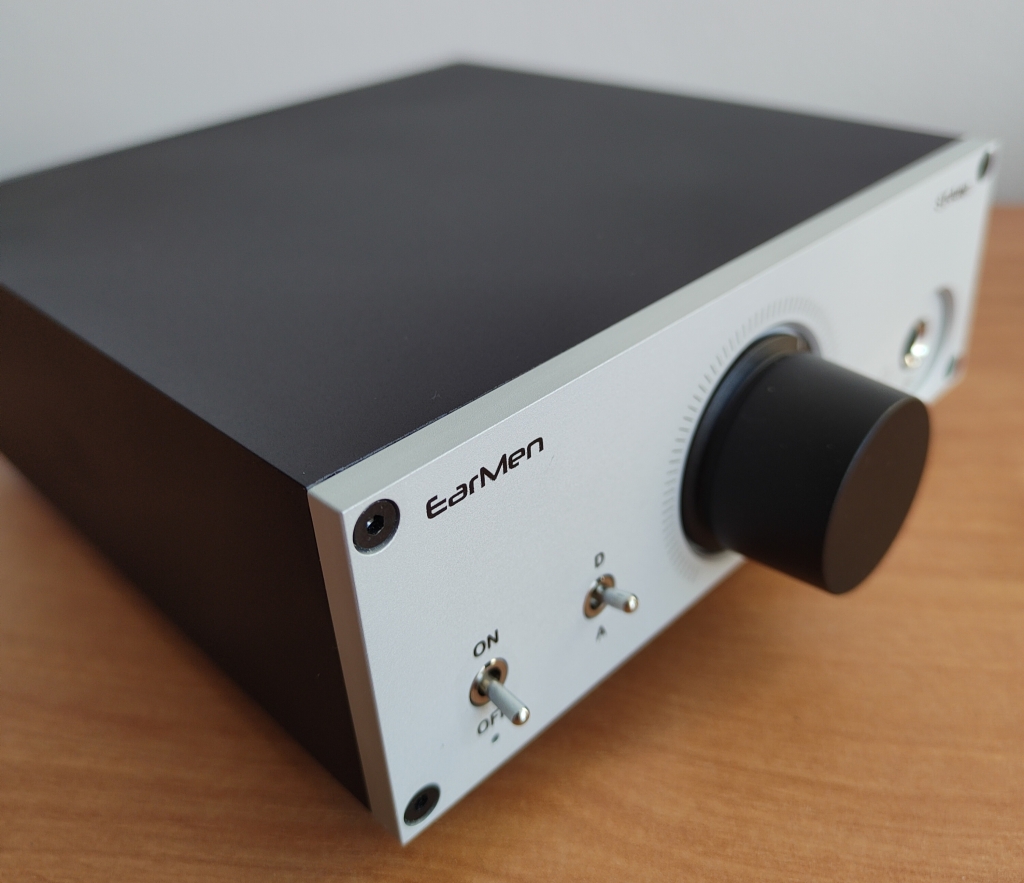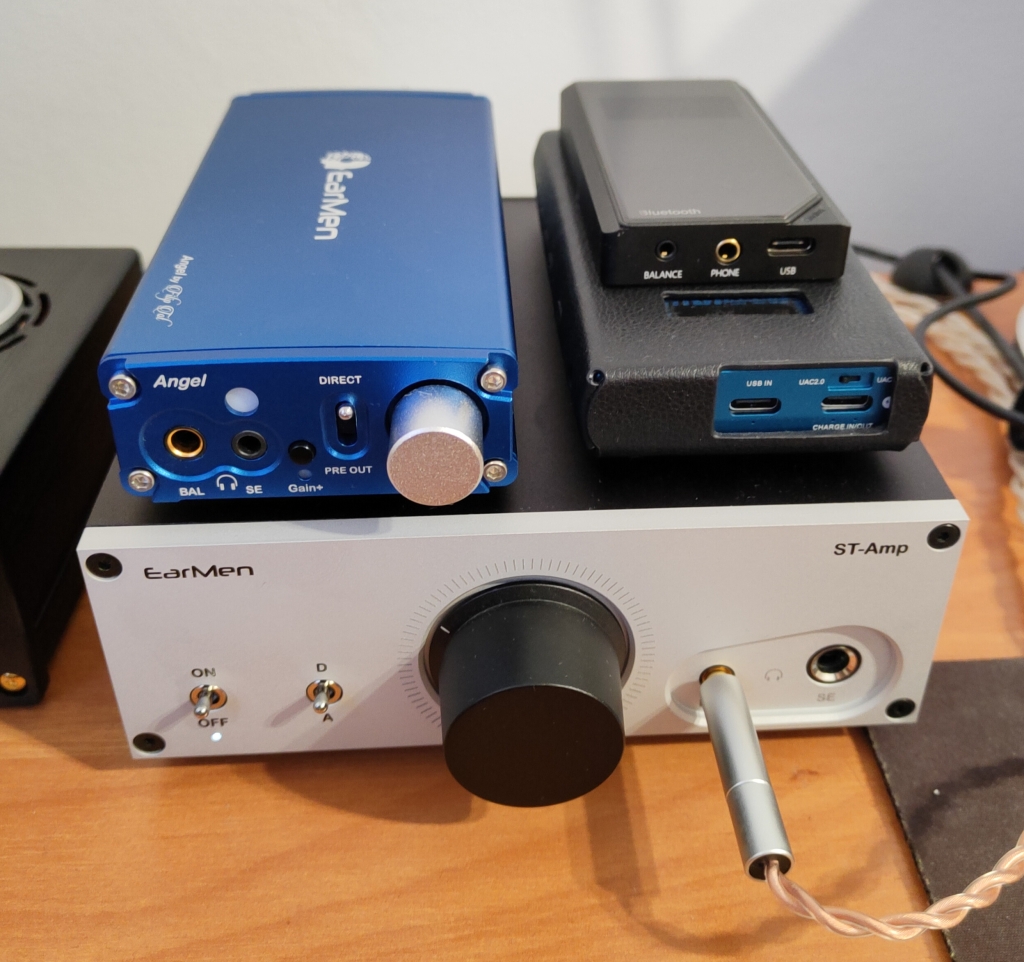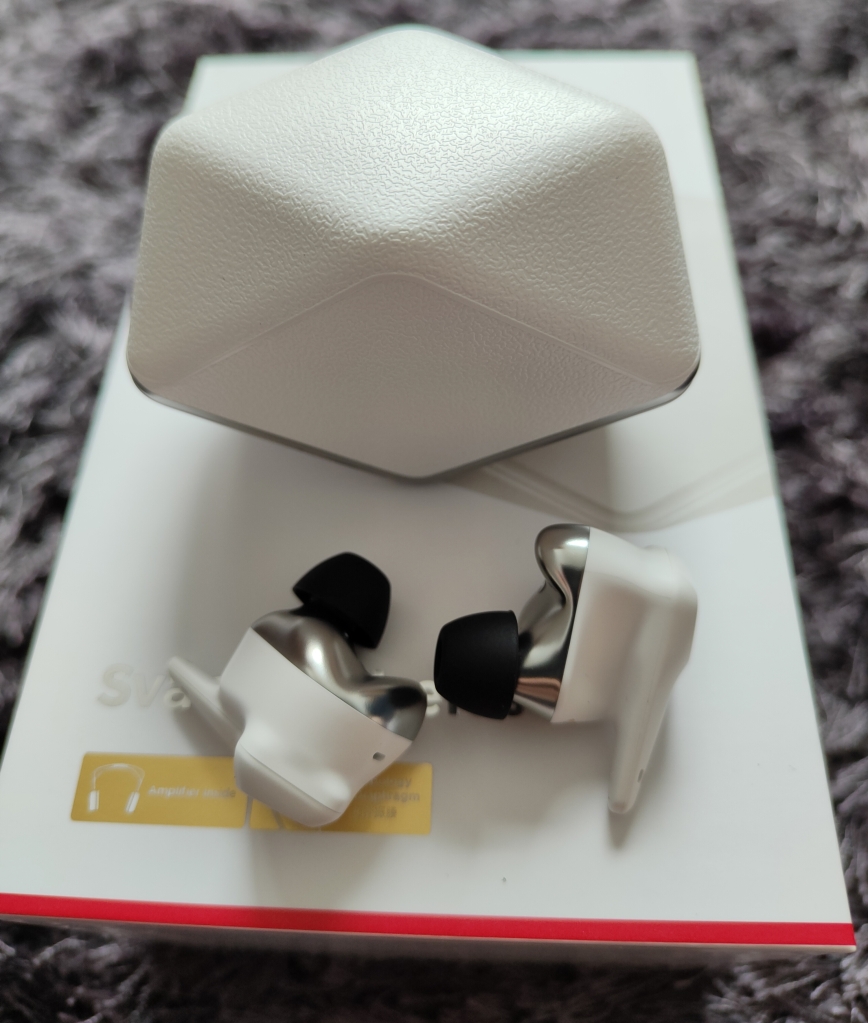
HiFiMAN Svanar Wireless JR
Prelude:
Do you remember one of the best TWS headphones on the market, which are the Svanary Wireless from HiFiMAN, priced at USD 499? If not, let me mention that these are TWS headphones completely free of cables, which are equipped by the manufacturer with the most technologically advanced diaphragm made using topological diagram technology. Additionally, these headphones are equipped with the advanced Himalaya R2R transducer system, present for the first time in TWS headphones. As for the company itself, I think that HiFiMAN is a manufacturer so well-known that there is no need to introduce it. Nowadays it is one of the largest leaders on the hifi devices market. Thanks to their innovative approach to tuning and product quality, they have gained a strong and unchallenged position on the market. Additionally, they have the courage to go against the beaten path and create their own solutions. When I first saw the flagship Svanar Wireless, I was skeptical seeing their unusual shape. However, everything changed when I put them in my ears and for the first time in my life I had to pick up my jaw from the floor while listening to TWS headphones. However, the price of USD 499 is high and may not be affordable for everyone. Fortunately, HiFiMAN has developed a slightly cheaper variant for USD 299 in the form of Svanar Wireless LE, which I will tell you more about in the next review. The latest variant of Svanar Wireless is the JR model. In this case, the R2R transducer was omitted, but the topological diaphragm and balanced amplifier were retained. Interestingly, the amplifier used not only has quite high power, but also very good parameters. The ANC and ENC modes have also been expanded by adding a DSP algorithm.
Unboxing:
Despite a significantly reduced price compared to the flagship TWS models, the JR version retains the same packaging aesthetics as the previous models. Here we have a nice and stylish cardboard packaging matched to the colors of the headphones themselves. After opening the solid box, we will see the headphones themselves, which, for a change, are made in white. This time, there are some differences in costs because the headphones themselves are made of white plastic, but the same shape has been retained as in the case of the flagship version. Additionally, the bottom of the headphones is made of silver mirror-like material. We also have a white case for charging and storing our headphones. It is exactly the same case as the flagship version, with the difference that it is made of white plastic and does not have inductive charging. However, there is a slightly larger battery inside, which translates into longer battery life. What I mean here is both the operating time of the headphones themselves and the number of charges available from the dedicated case. Additionally, we receive a USB-C charging cable and a set of tips and foams, but I recommend replacing them with something else.
ANC:
Thanks to the use of DSP, the noise reduction system works really well, although it is still not a perfect solution. It blocks ambient noise perfectly, but the volume of the headphones themselves is slightly reduced. This is not a major disadvantage, but it is something to remember. The headphones themselves provide excellent call quality and conversations can be conducted very well through them. I still lack a dedicated application to operate the headphones, but it is not necessary for their operation. All issues related to operation are carried out using touch panels, during use we can switch between ANC, AMBIENT and HIGH FIDELITI modes.
BT range and performance:
This time I had the impression that the range of the headphones, which was already very good, had been further improved. I haven’t noticed any major problems with BT stability. Although I still miss the APTX codec, the available AAC, SBC and LDAC guarantee great versatility and excellent sound. Nevertheless, in my opinion, the svanar wireless junior headphones have a very stable wireless connection and fit stably and securely in the ears. Personally, I chose SpinFit tips because they provide a slightly more pleasant signature, but I consider the slope tips to be correct and acceptable.
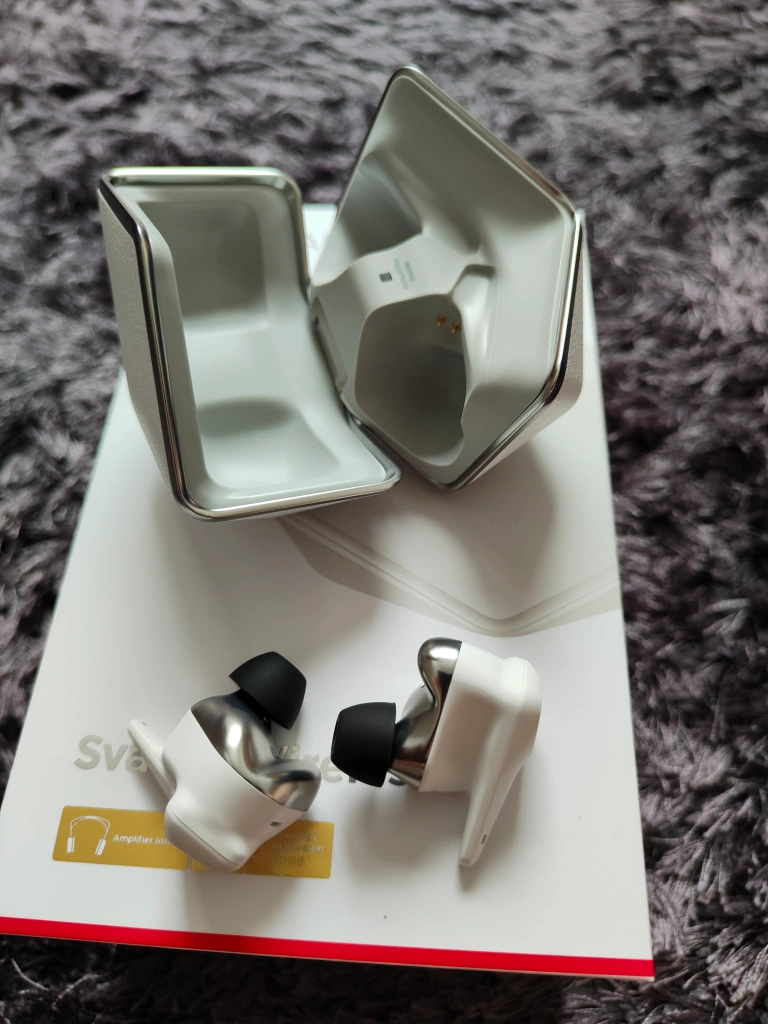
Sound:
Bass: It is strong and decisive, at the same time, care was taken to ensure that it was properly matched to the rest of the tuning. It’s entertaining and totally palpable. It strongly and confidently accentuates the lower bands in music while ensuring a clean and clear sound. We will definitely have a strong and confident shot at the bottom. However, the sound will never be overwhelming or overly bassy. I like the relaxing and entertaining nature of the low frequencies that the headphones offer. The bass retains a natural and coherent character at the same time. In rock songs or contemporary pop, it brings a very pleasant and entertaining and relaxing character. At the same time, it maintains a coherent and natural sound.
Midrange: First of all, I found it very natural, warm and slightly recessed. However, a lot depends on the tips we choose and use, which have a huge impact on the final sound of our headphones. The soundstage impressed me, both with its width and depth. What impresses most about these headphones is the very high detail and above-average amount of detail and information contained in the music we hear. The general outline of the mid tones is quite laid back and calm. It is rather a warmer sound, focused on the entertaining and relaxing nature of tuning. However, compared to other TWS headphones, despite using only one dynamic transducer, I rate this set as incredibly energetic, full and one of the best in this price range.
High tones: Classically for HiFiMAN, we have some brightening here, which results in an increase in the clarity and purity of the high tones. However, they never exceed the tolerance limit. The sound of treble is very detailed and resolved. In the case of string instruments or music based on this type of instruments, we have a lot of information and a very nice presentation of the instruments. In this respect, I really like the solutions that HiFiMAN uses in its products. I like the extension of treble that gives the feeling of interacting with wired headphones, which makes it really easy to forget at times that these are just TWS headphones!
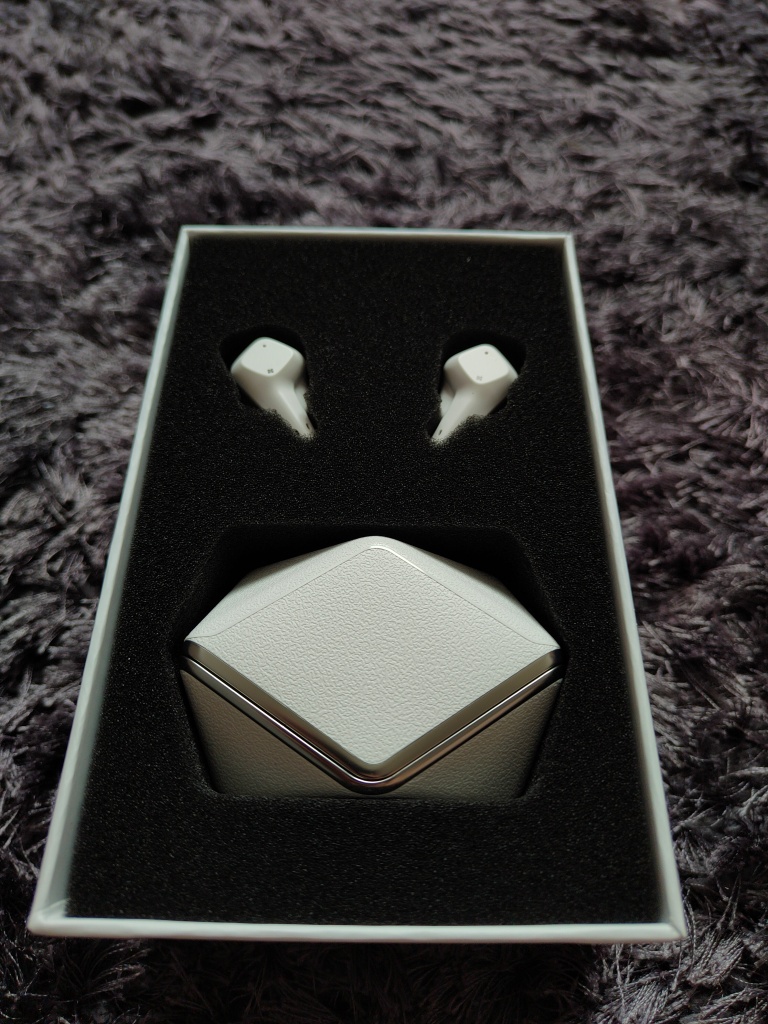
Comparisons:
HiFiMAN Svanar Wireless JR (119USD) VS HiFiMAN Svanar Wireless (499USD)
I would like to point out that HiFiMAN quite clearly divided its products between specific types of consumers. Although I really like Svanar Wireless JR, I must admit that the flagship version simply does everything better. What I mean here is the much fuller, more resolved and more analog sound that the fag version offers. The sound of svanar wireless is smoother and warmer, which will give a lot of pleasure to all fans of the modern R2R sound. However, the JR version is dedicated to users for whom the amount of USD 499 for TWS headphones is definitely too high, at the expense of some compromise we obtain unrivaled sound quality at a very reasonable and affordable price. JR represent a really high and competitive level despite the relatively low price. HiFiMAN Svanar Wireless JR are much cheaper headphones. They are also dedicated to another recipient. While Svanar Wireless is an uncompromising approach to sound, these are the best-sounding TWS headphones on the market today, if an app and APTX were added to them, they could certainly replace more than one wired set.
HiFiMAN Svanar Wireless JR (USD 119) VS HiFiMAN Svanar Wireless LE (USD 299)
The LE version is an interesting idea because by abandoning the LDAC codec and wireless charging it allows you to save a lot of money, but in the case of Android users this is certainly at the expense of sound. The LE version will play better on devices without LDAC support, but in my opinion, if we can use the LDAC connection, the JR version may turn out to be more practical and even play better in some cases. Of course, Svanar Wireless LE always retain the beauty and smoothness of the sound of the R2R transducer, but they have a certain limitation resulting from the lack of codecs.
Summary:
HiFiMAN Svanar Wireless JR are headphones that, in my opinion, are truly extraordinary. Maybe ANC is not the best on the market, but it works quite well. However, voice calls are at one of the best levels I have encountered in TWS headphones. In terms of sound, of course, you can hear the difference between the flagship version and even the LE. However, the entertaining and light nature of the sound offered by JR headphones makes them an excellent option for people looking for something inexpensive and very functional. They are perfect for most scenarios, offering very good sound quality and a clean and clear image. They also have a pretty good sound stage and very good separation of instruments, which translates into a very high level of musical experience. Personally, I love my HiFiMAN Svanar Wireless, but even though they are clearly better than the JR, the entertaining and full sound offered by the JR means that both models will be included in my collection. Generally, if we want to save some money and do not need such a purist sound as in the case of svanar wireless, the JR version is an excellent alternative. We gain a fun and entertaining sound, with a slightly lower resolution and less momentum. At the same time, we can buy the Svanar JR for a fraction of the price of the flagship model, so the difference in sound and slight changes in build quality are fully justified. What was missing in the case of svanar wireless jr. I would definitely like the headphones to finally support the APTX codec, even if it meant an increase in price. I would also like at least a basic application that allows you to change the headphones’ parameters. However, these are only suggestions, not real disadvantages, so I consider them more of a wish list. Compared to the competition, Svanar Wireless JR impressed me with both sound quality and battery life. In standard conditions, listening to music in HIGH-FIDELITY mode and using the Bluetooth codec, I easily achieved a time of 5 hours, which I consider a very good and stable result.



